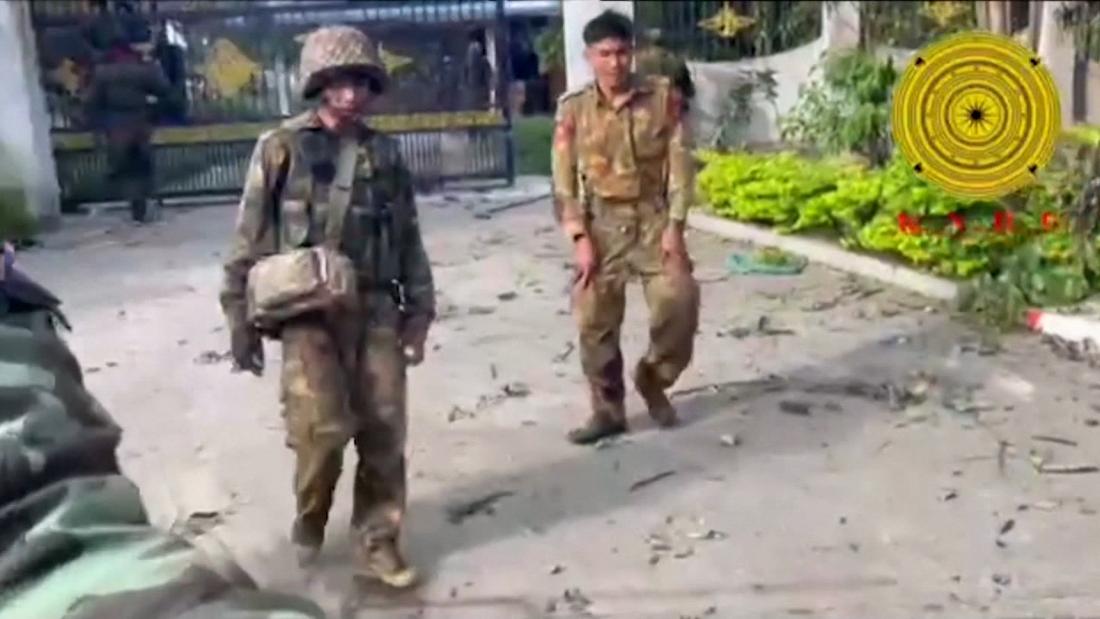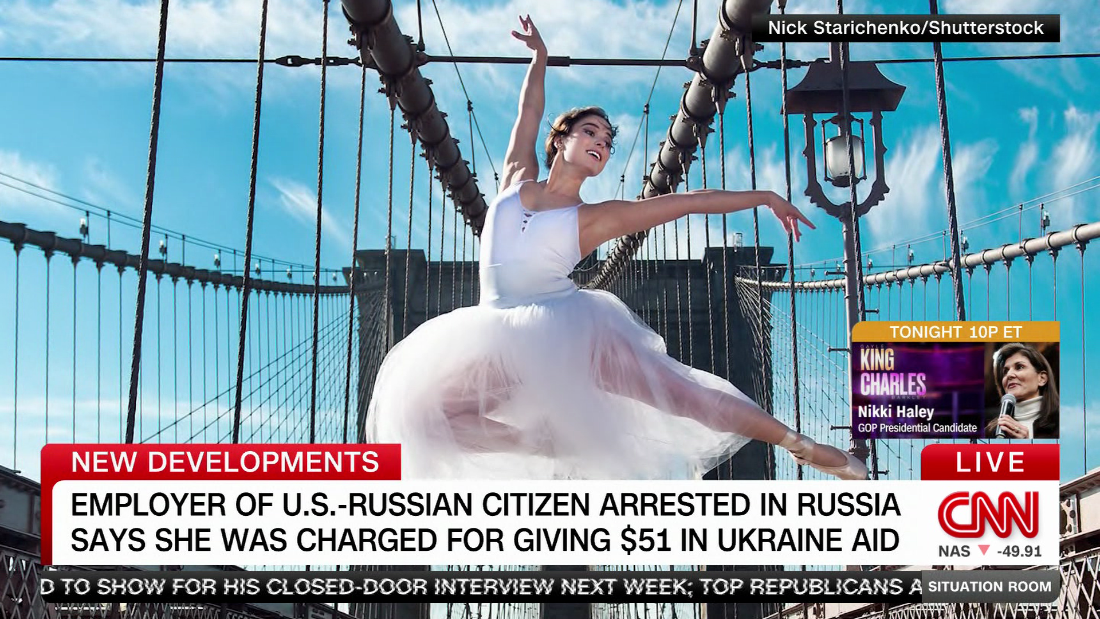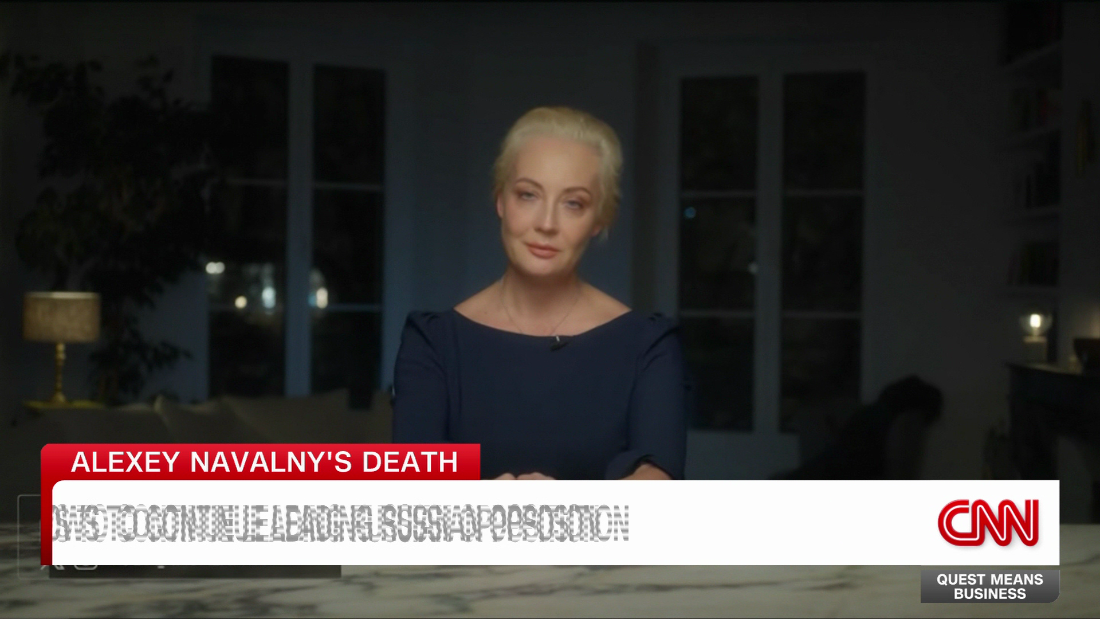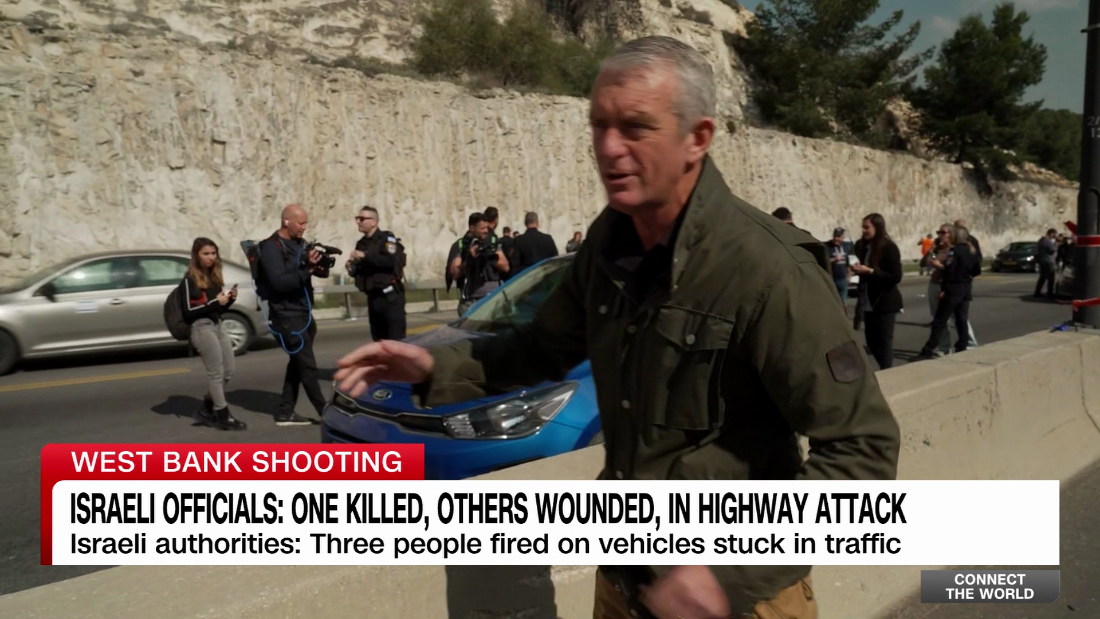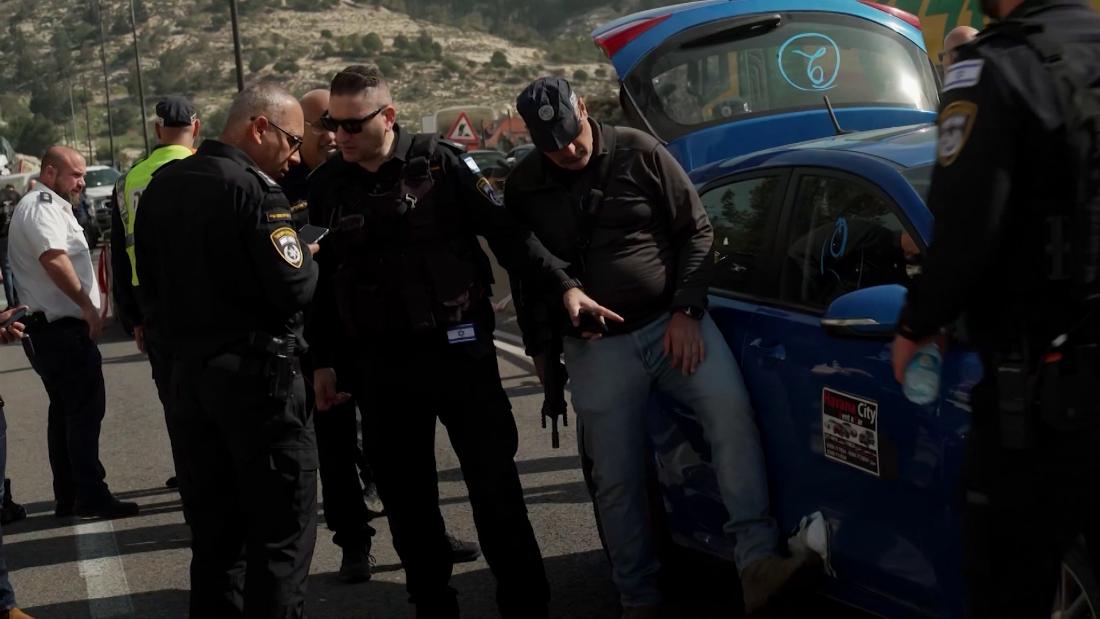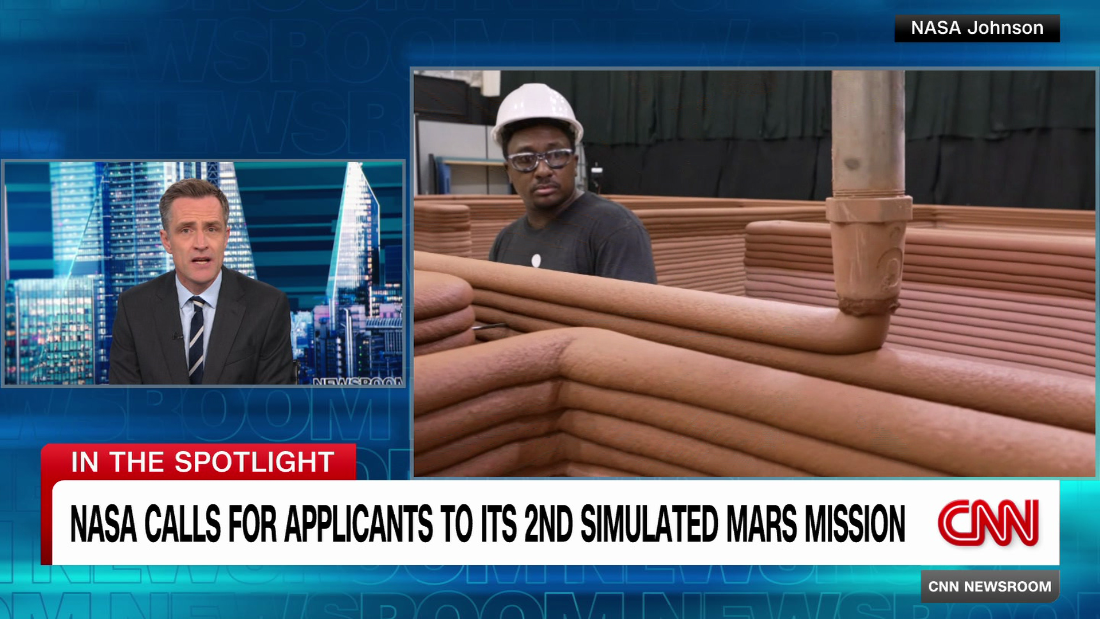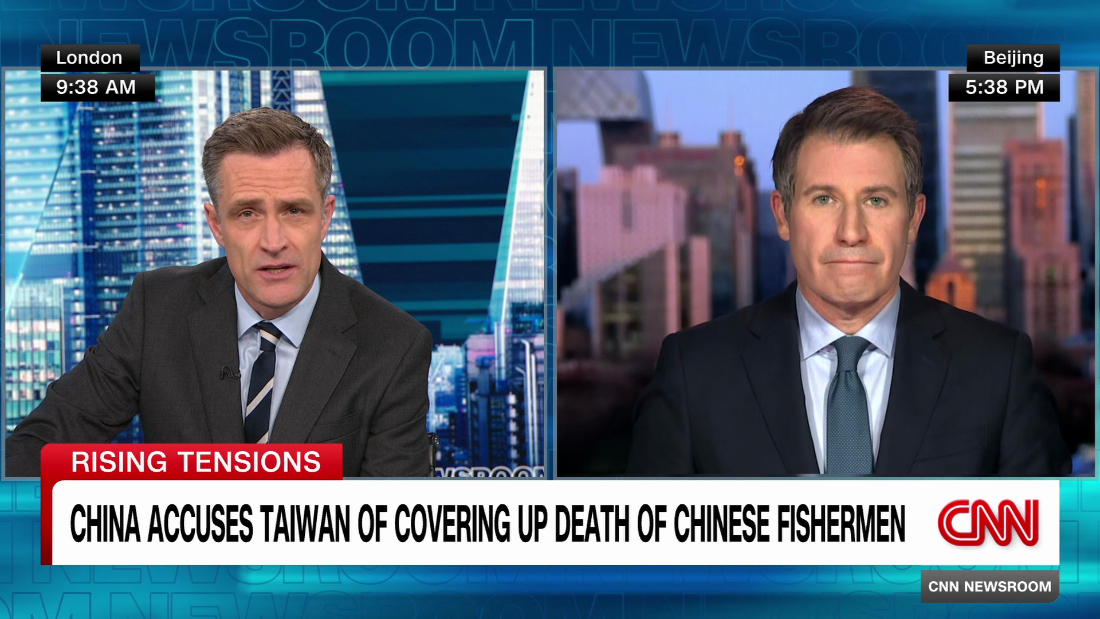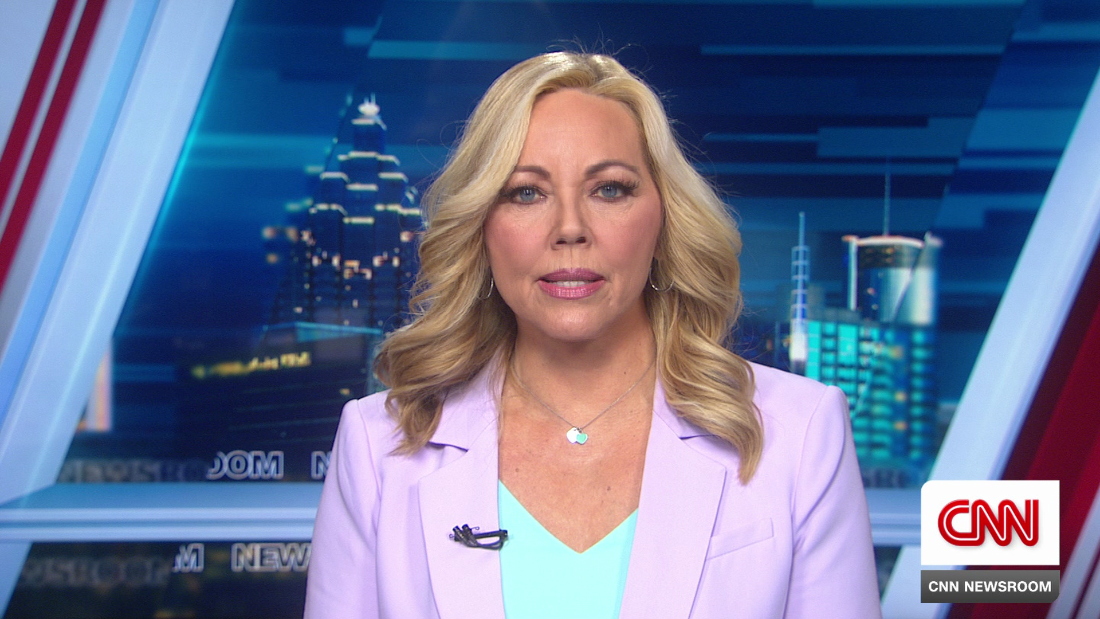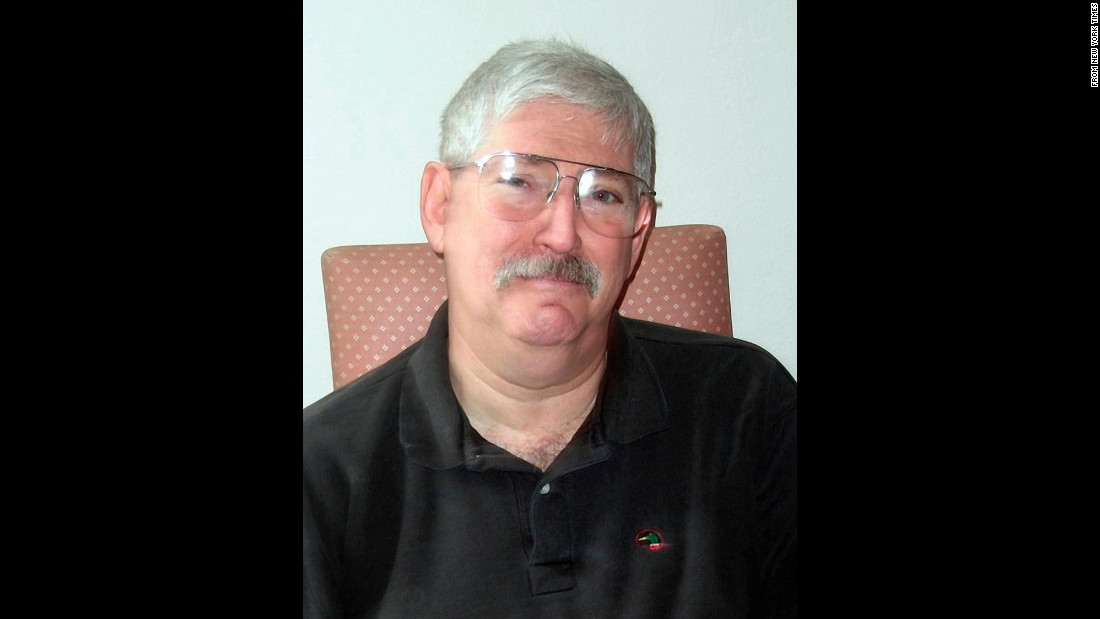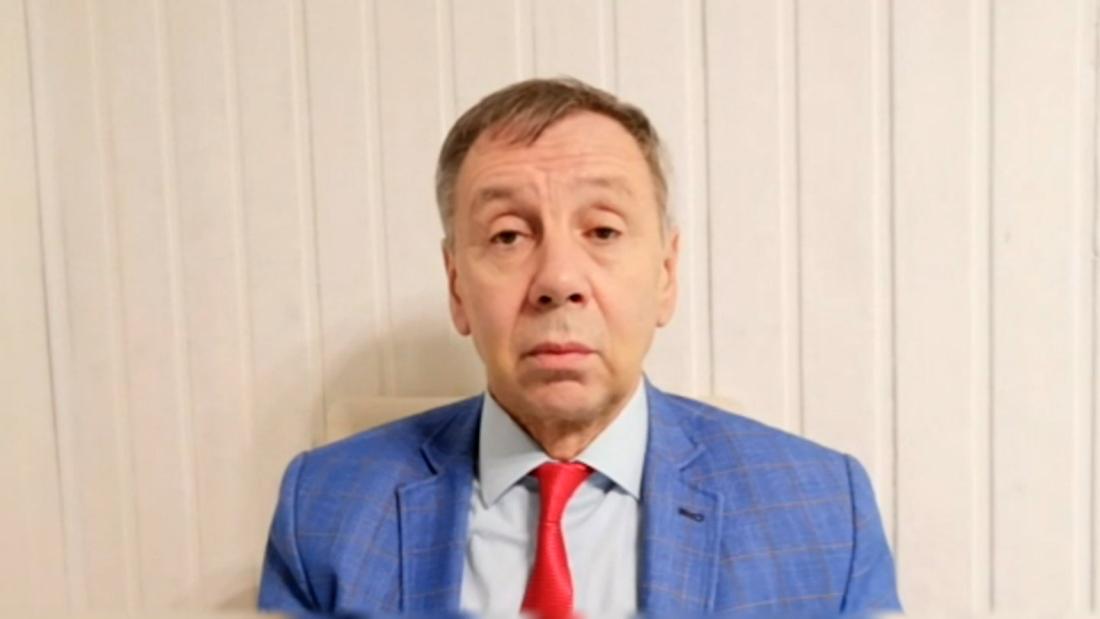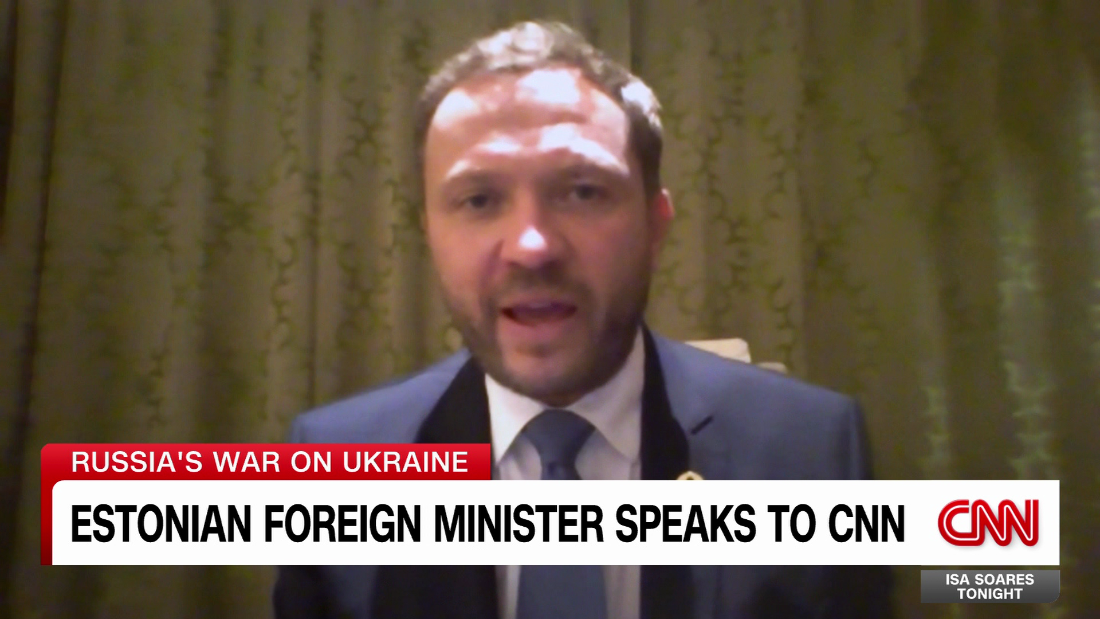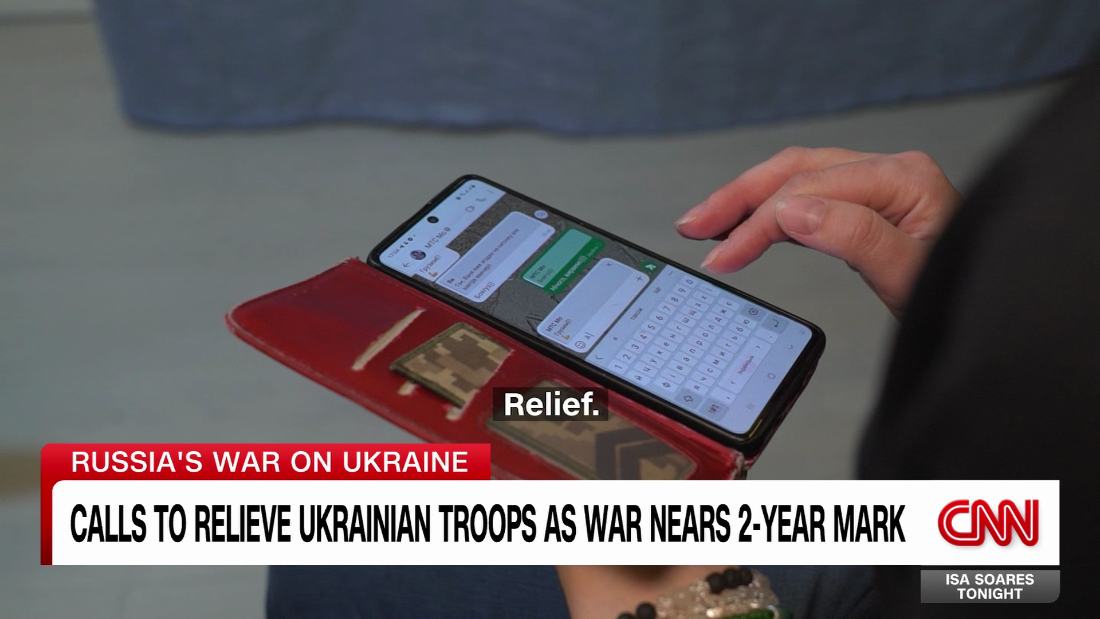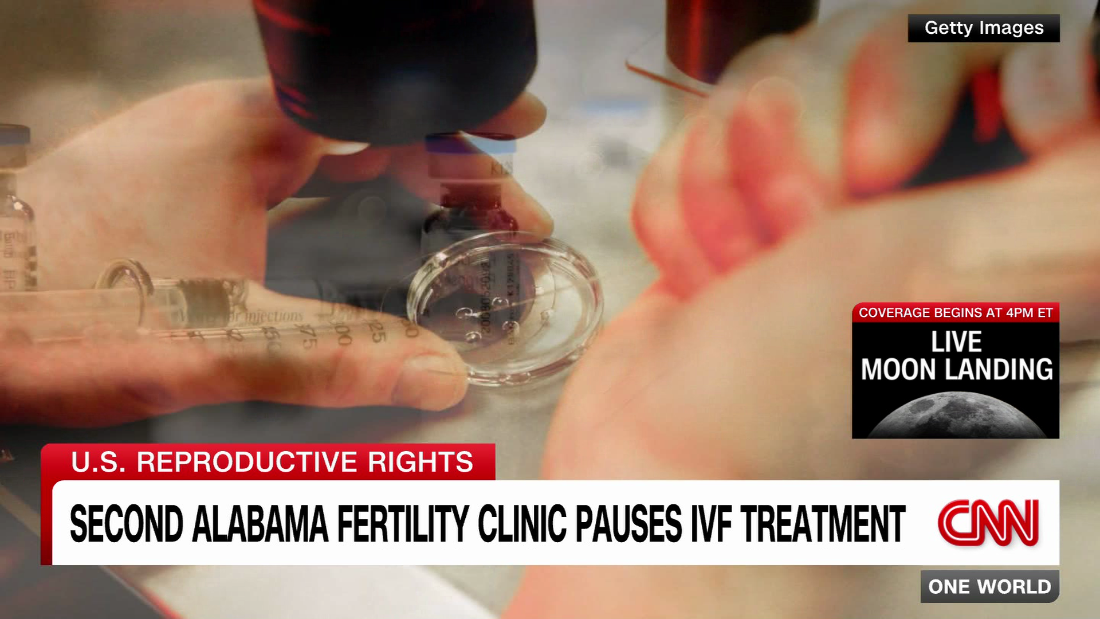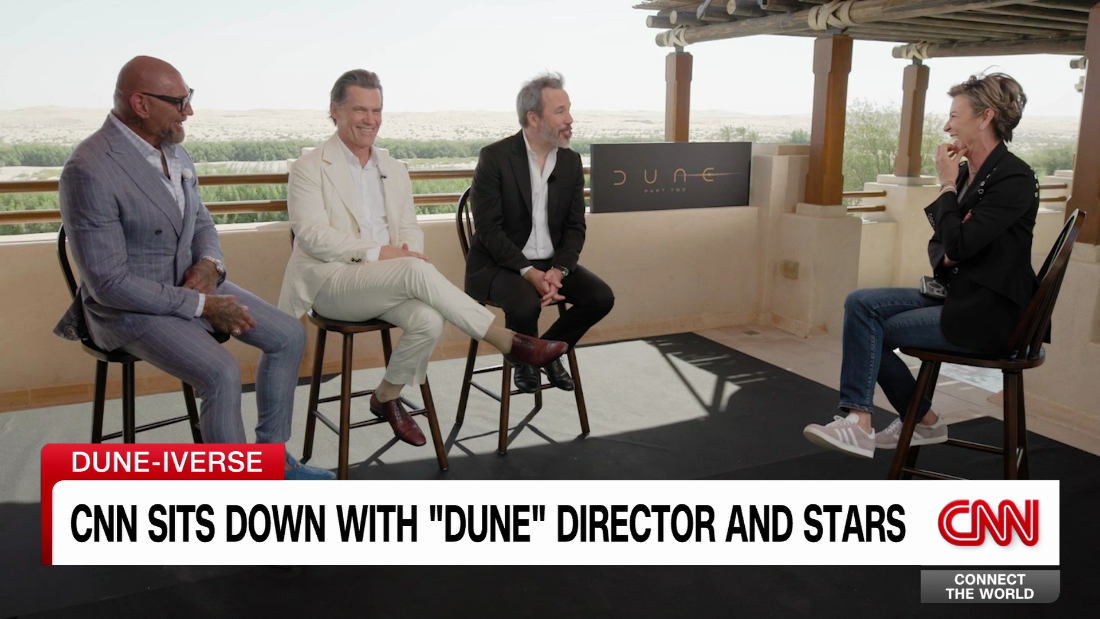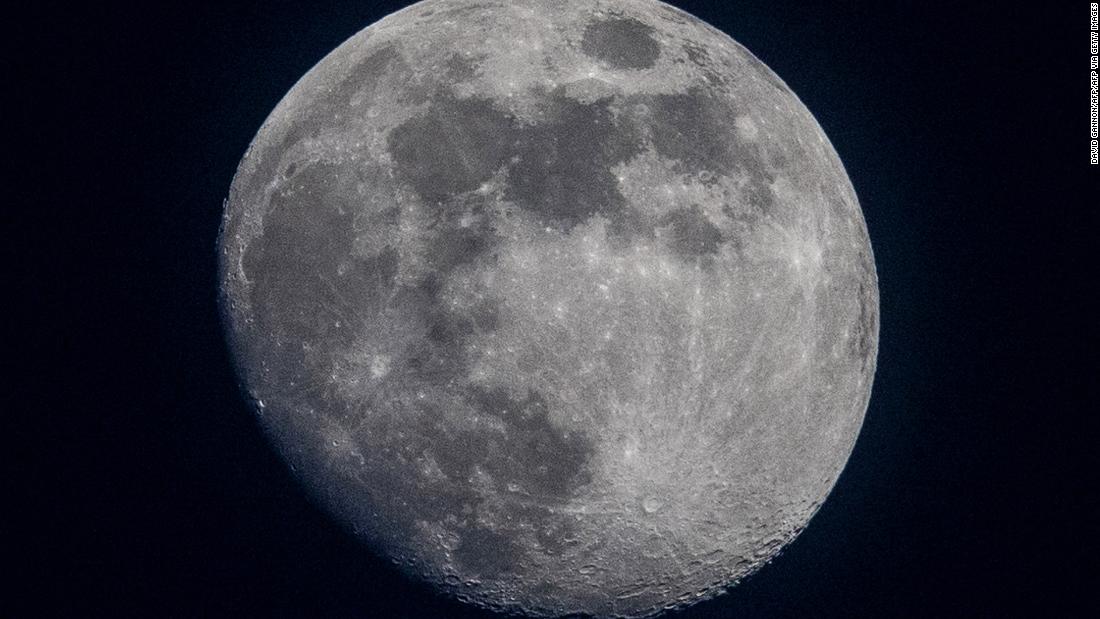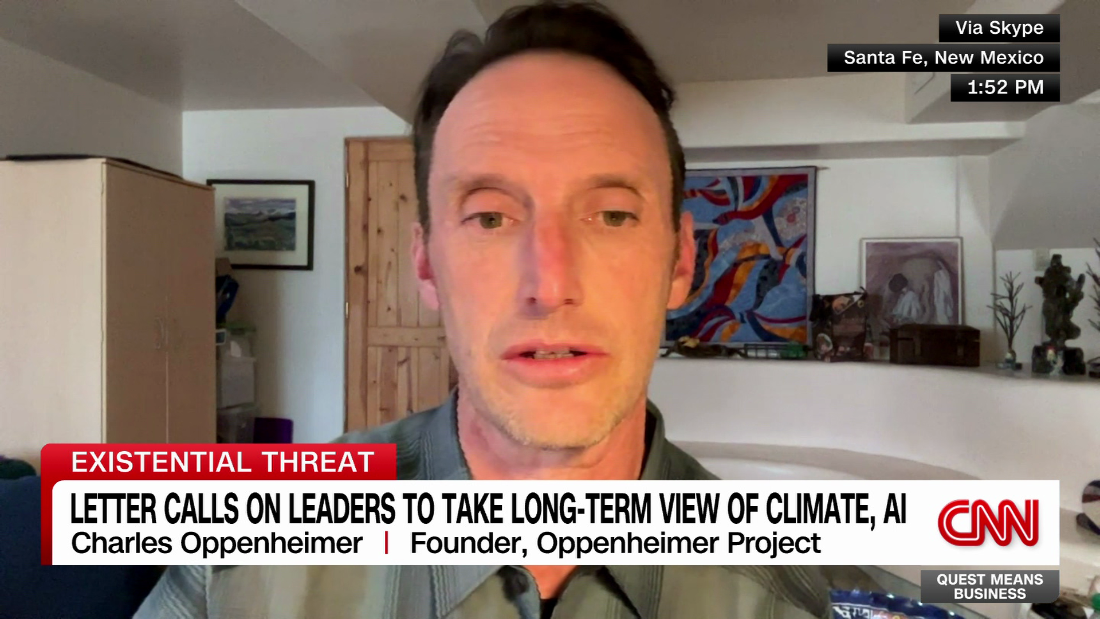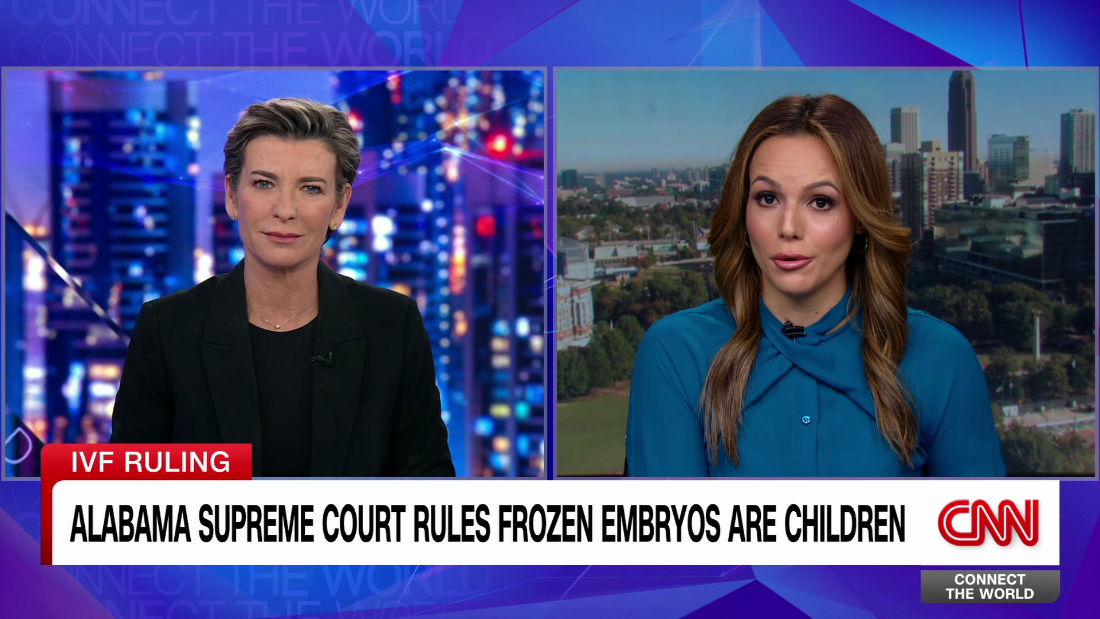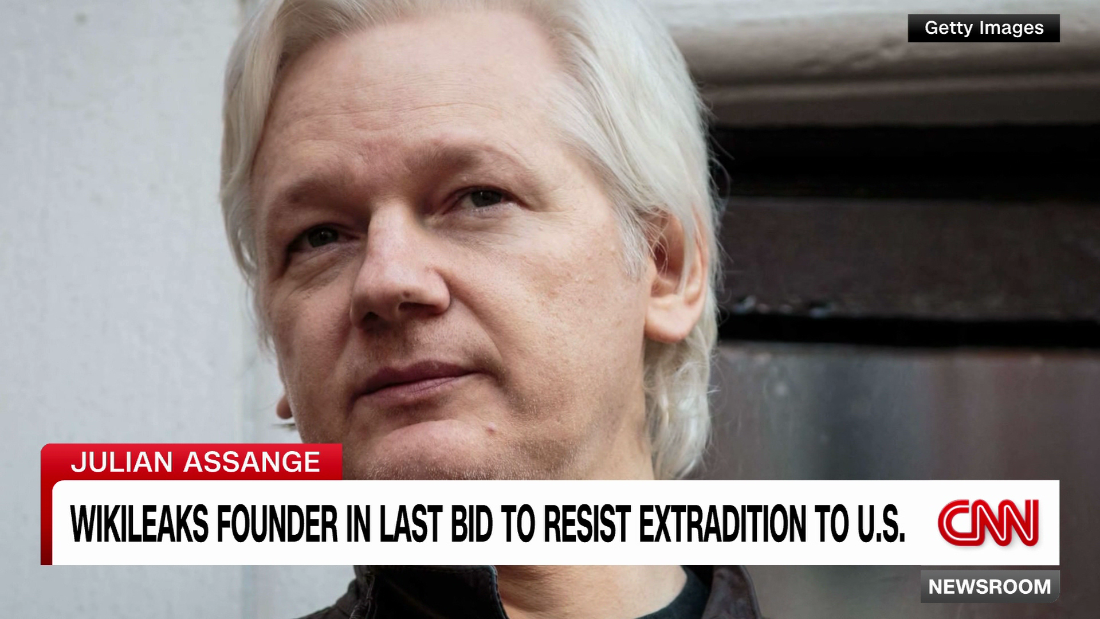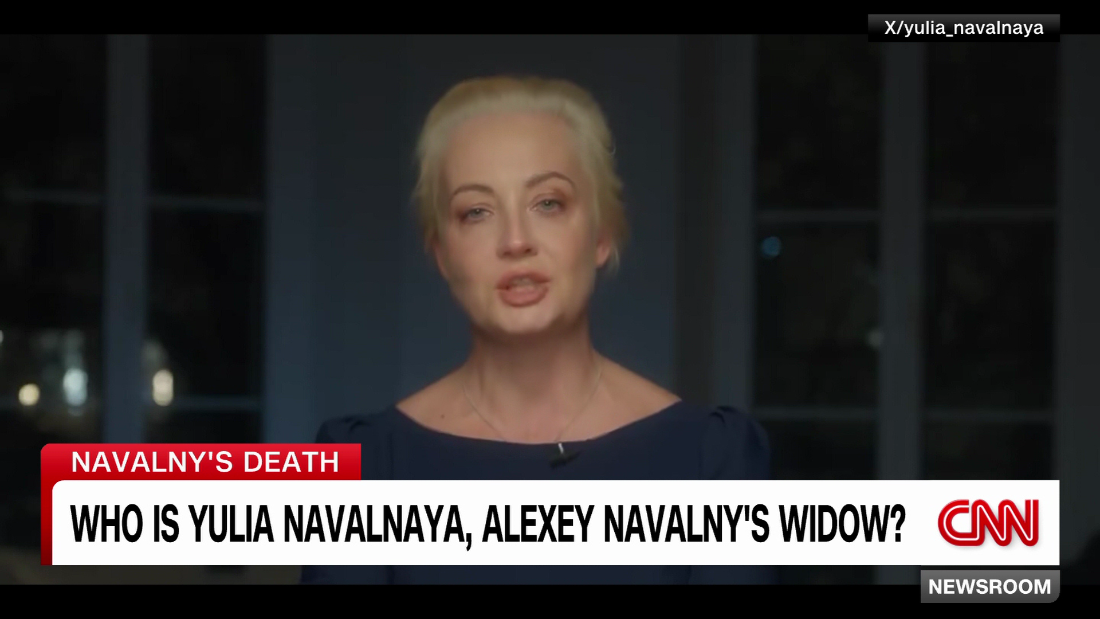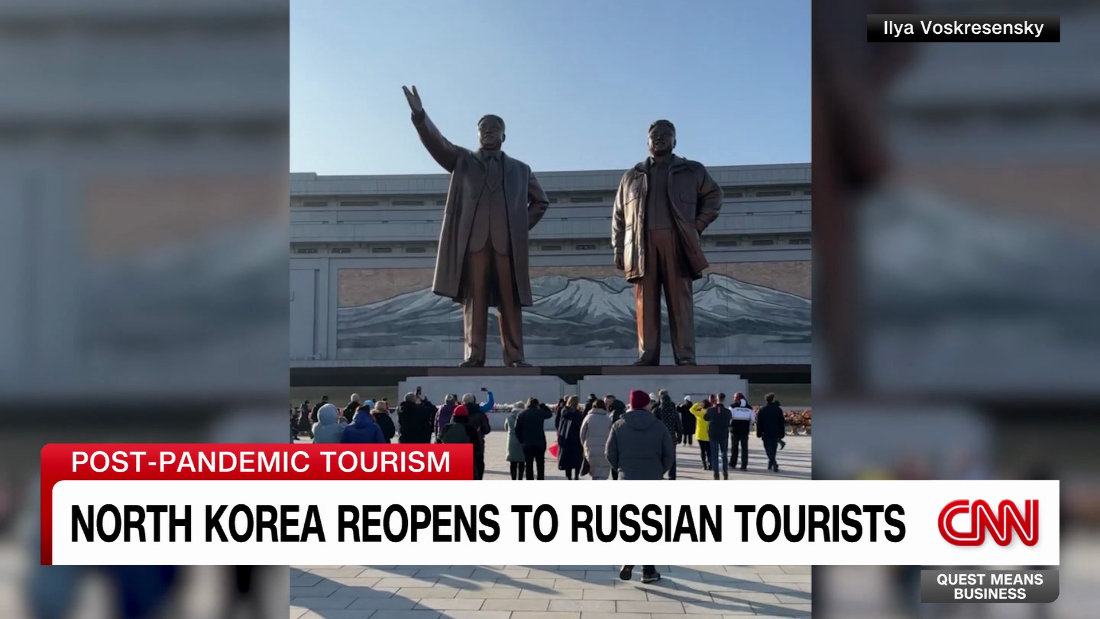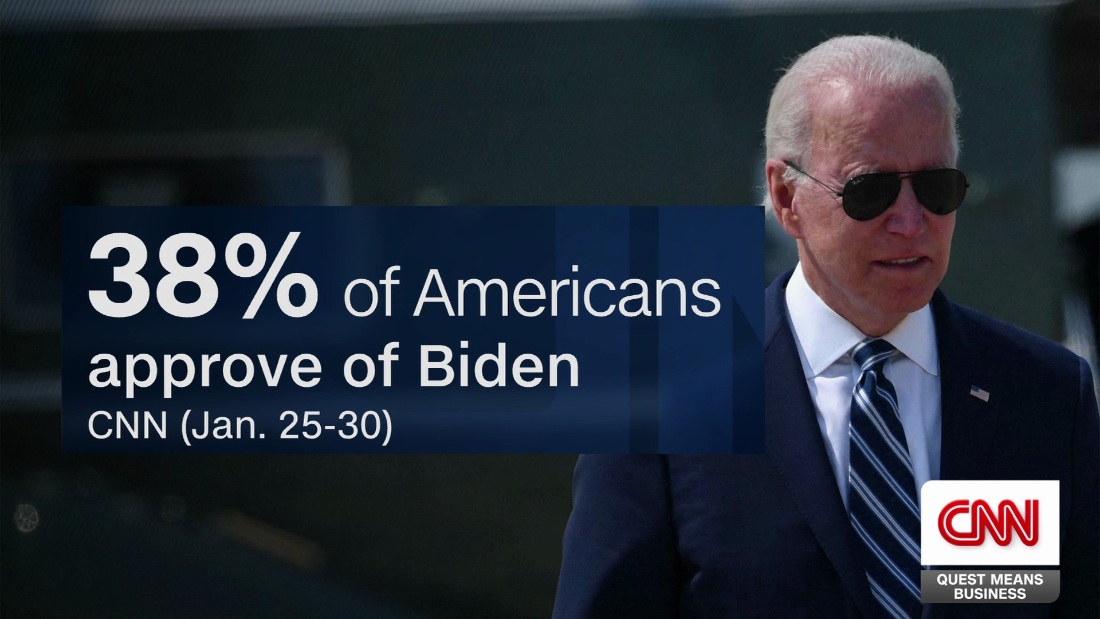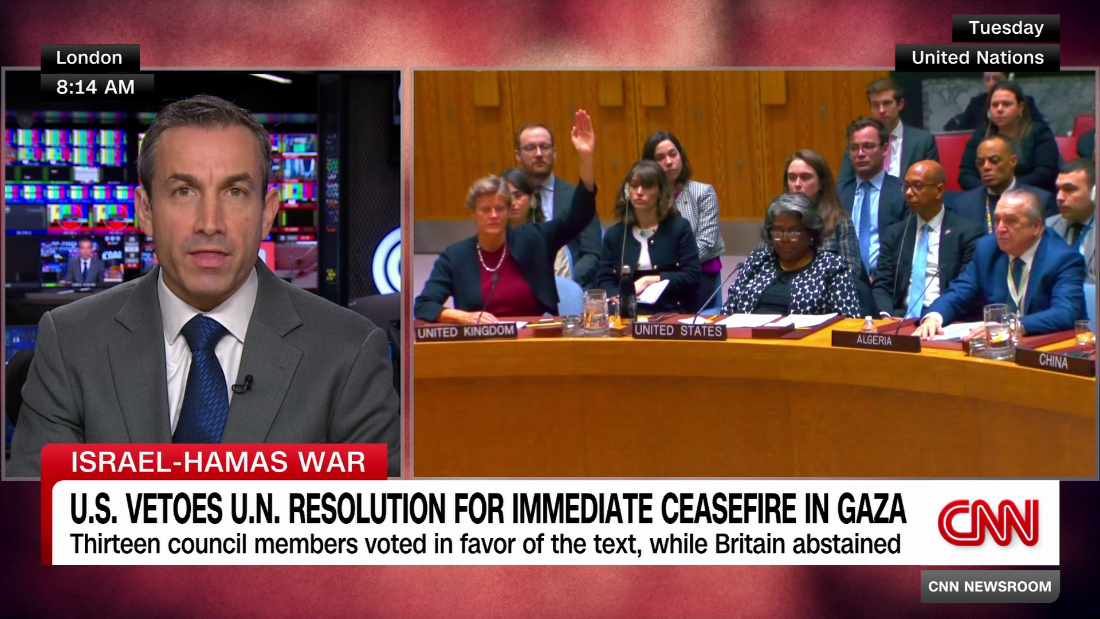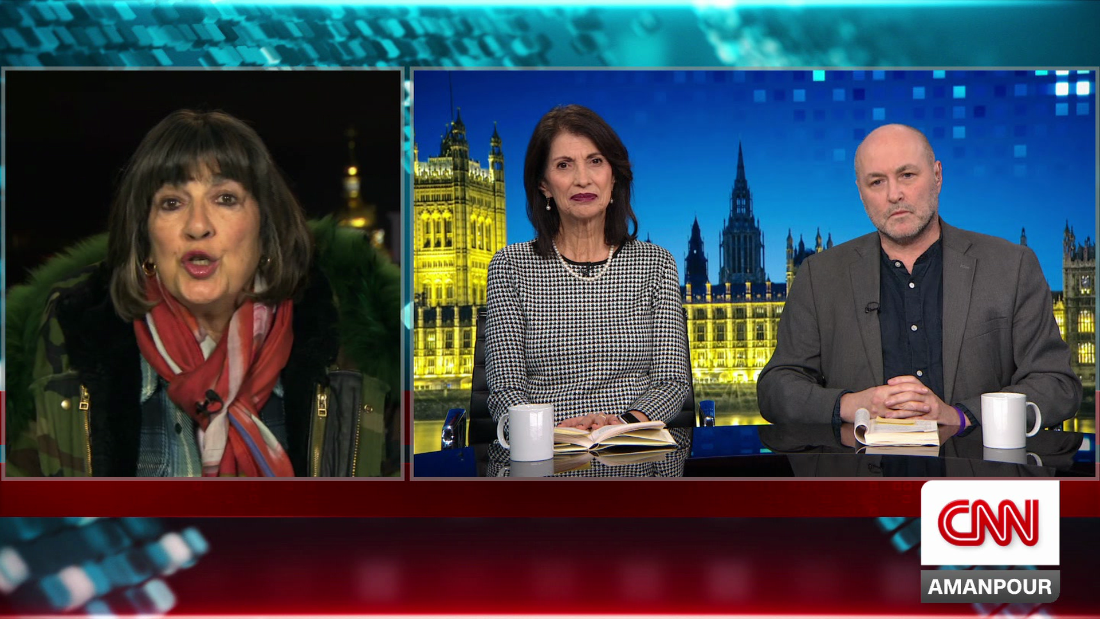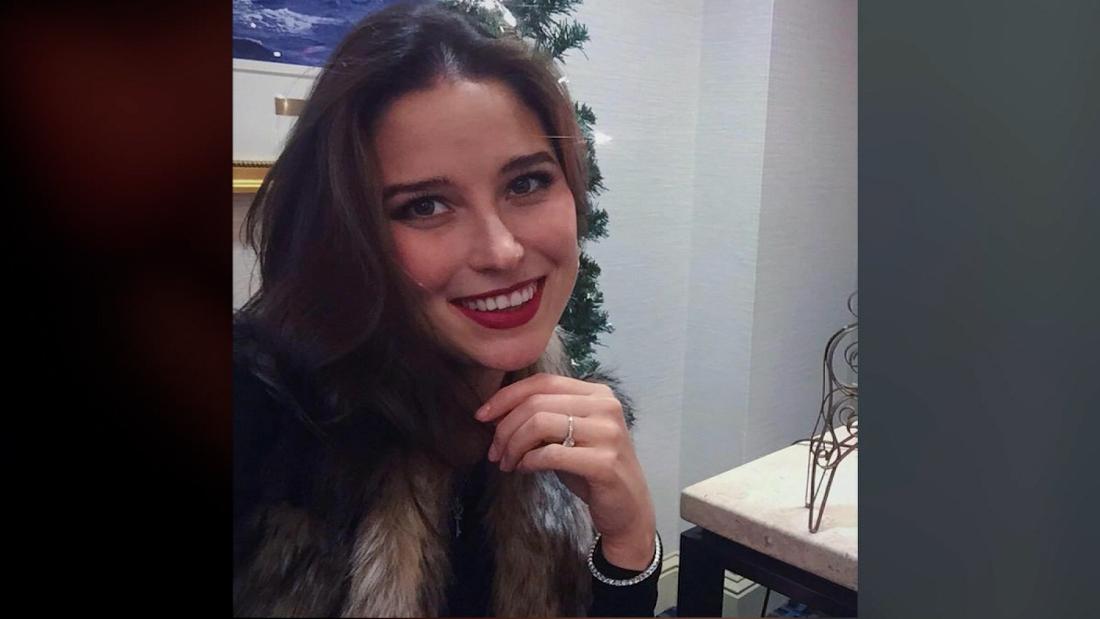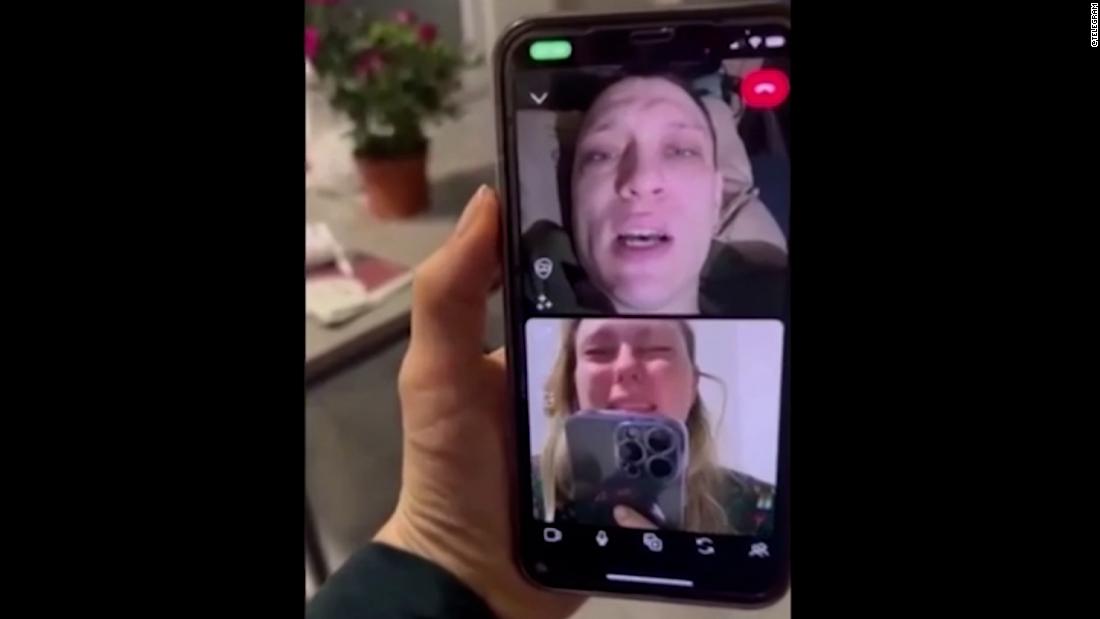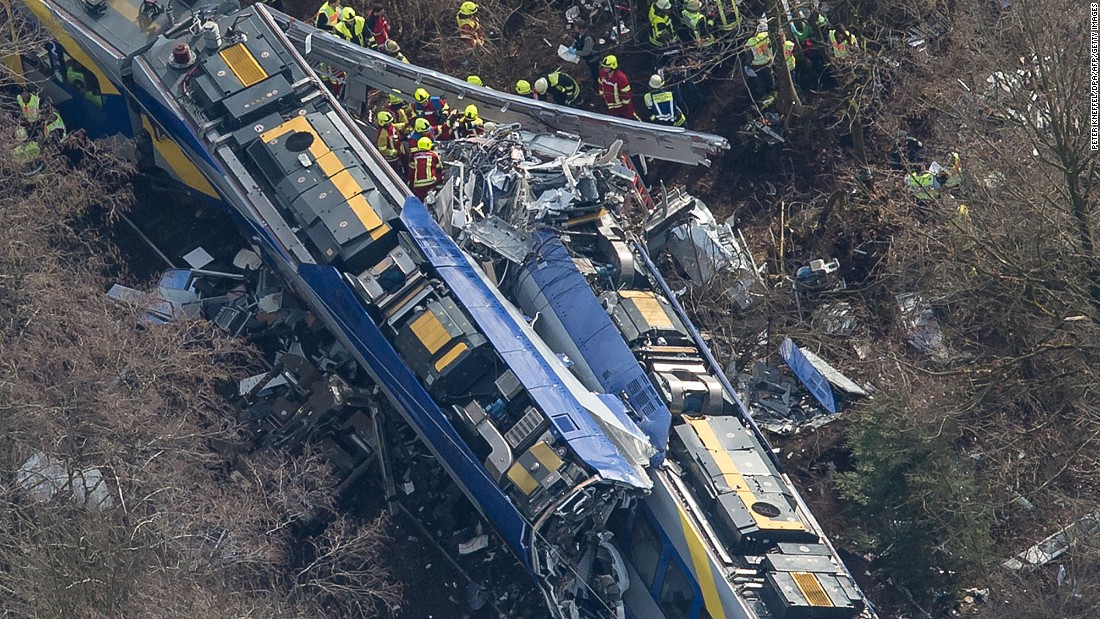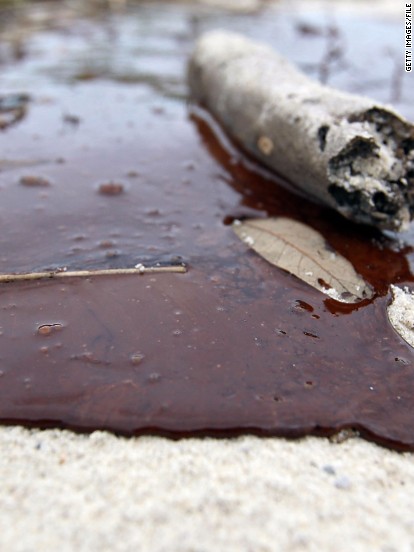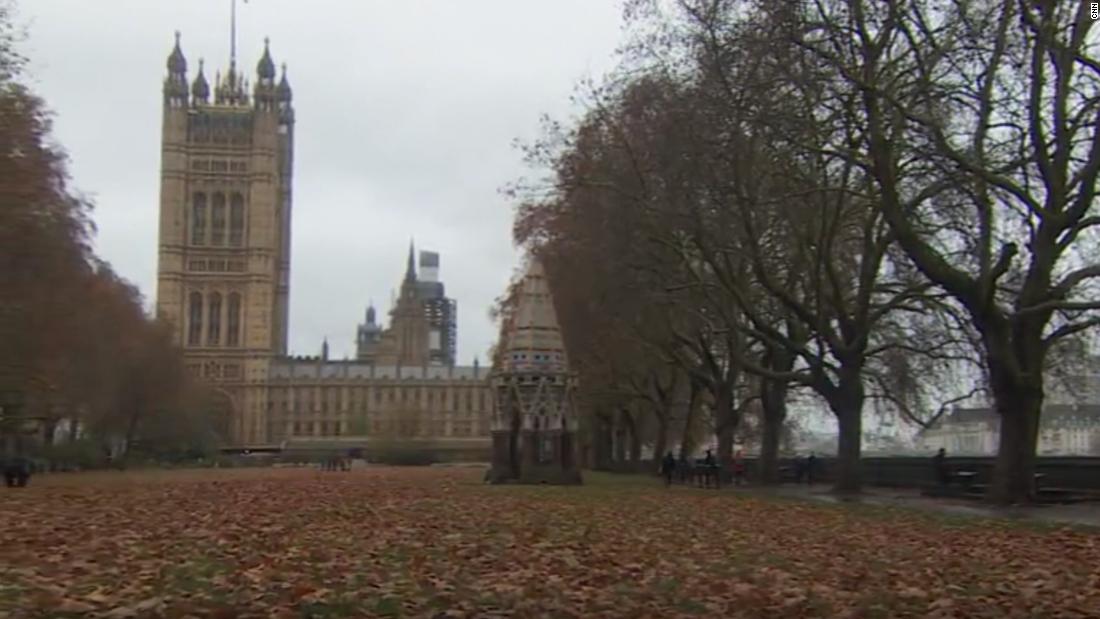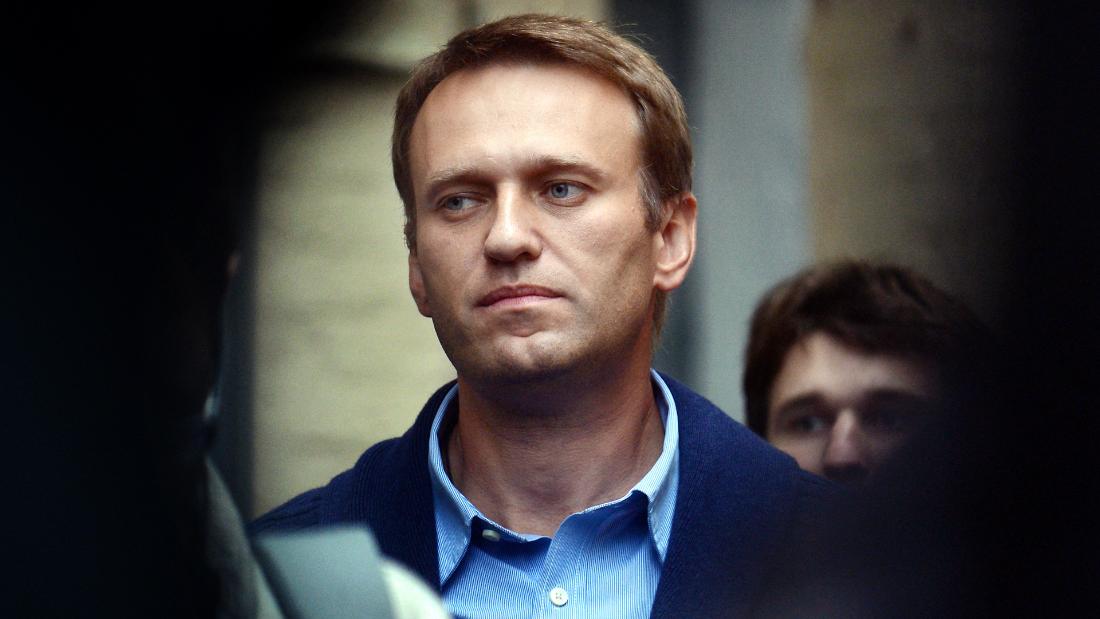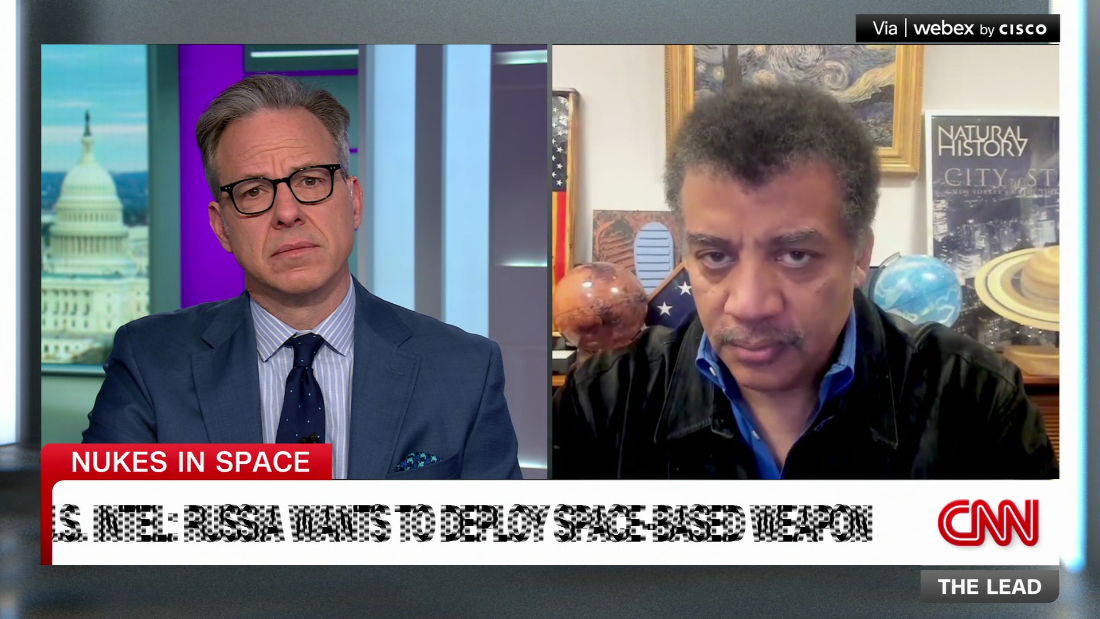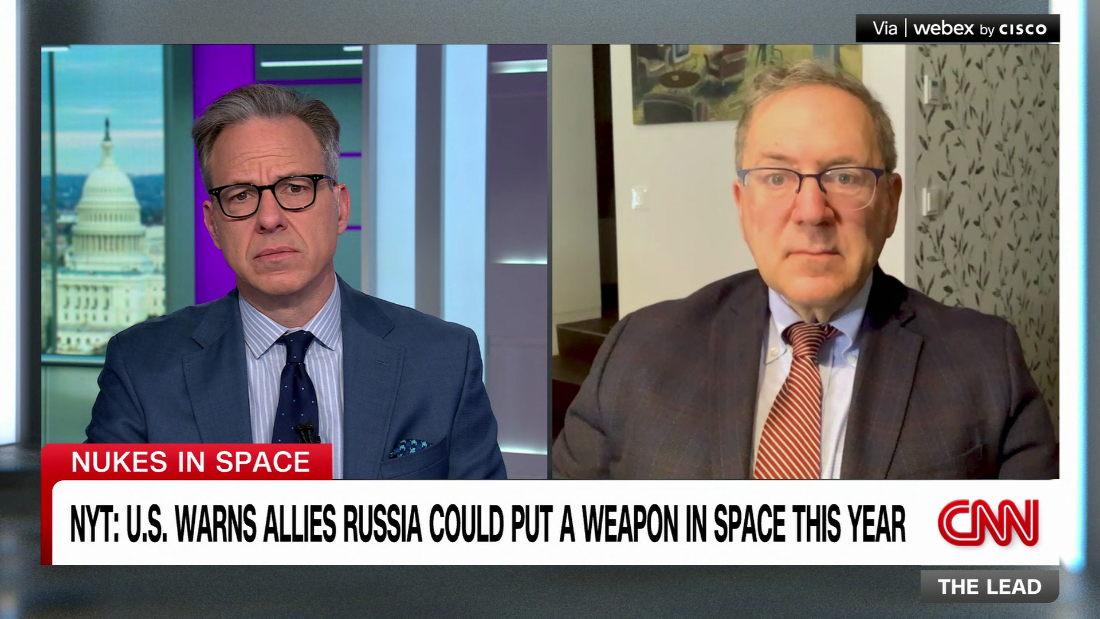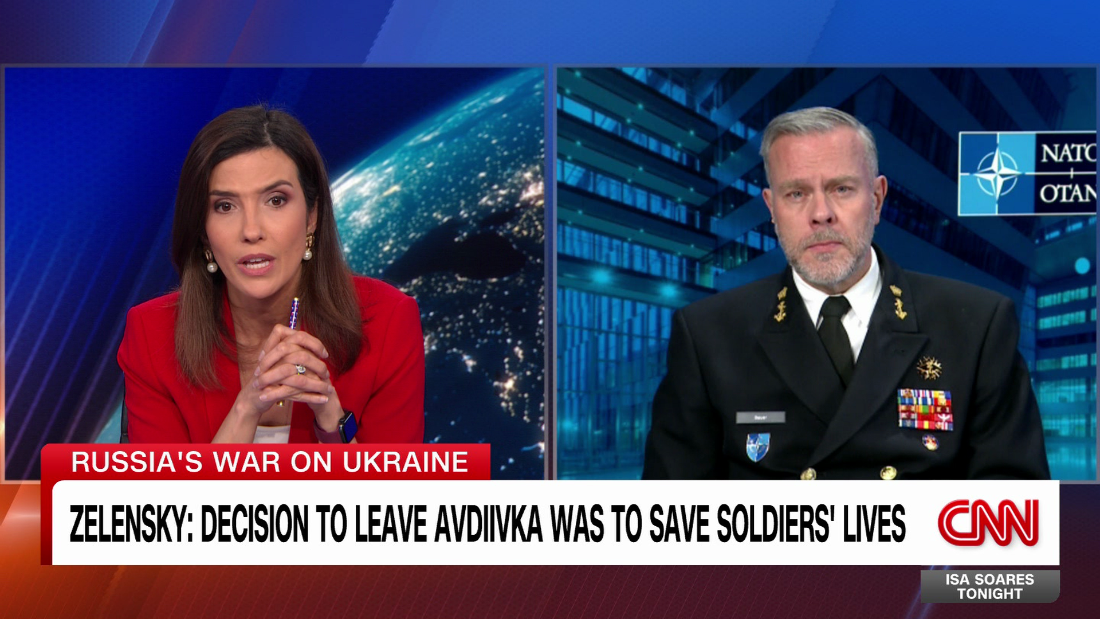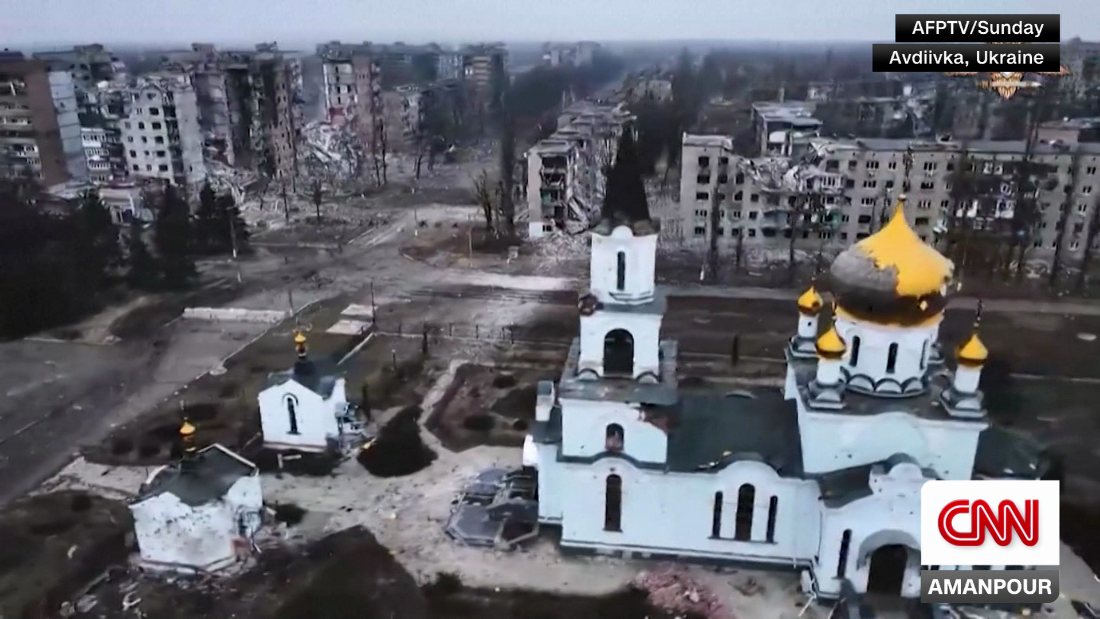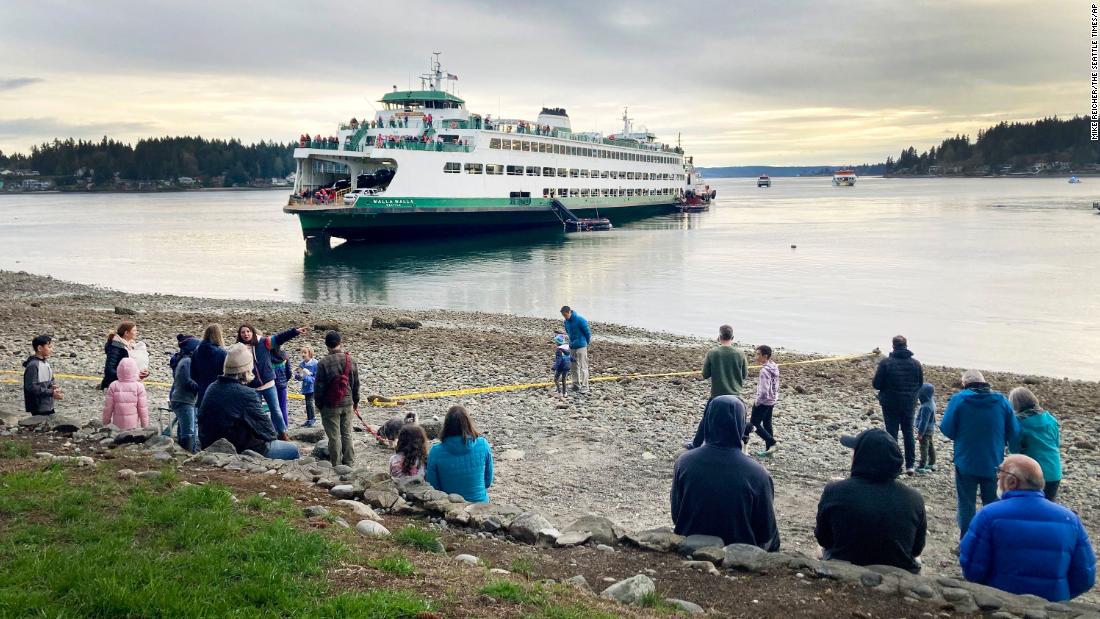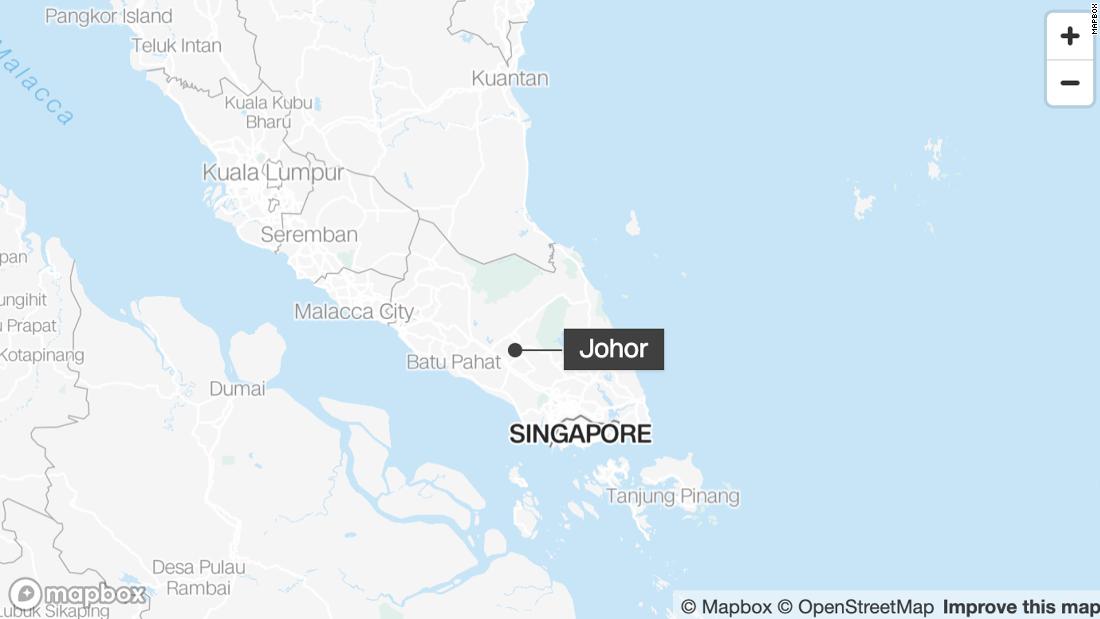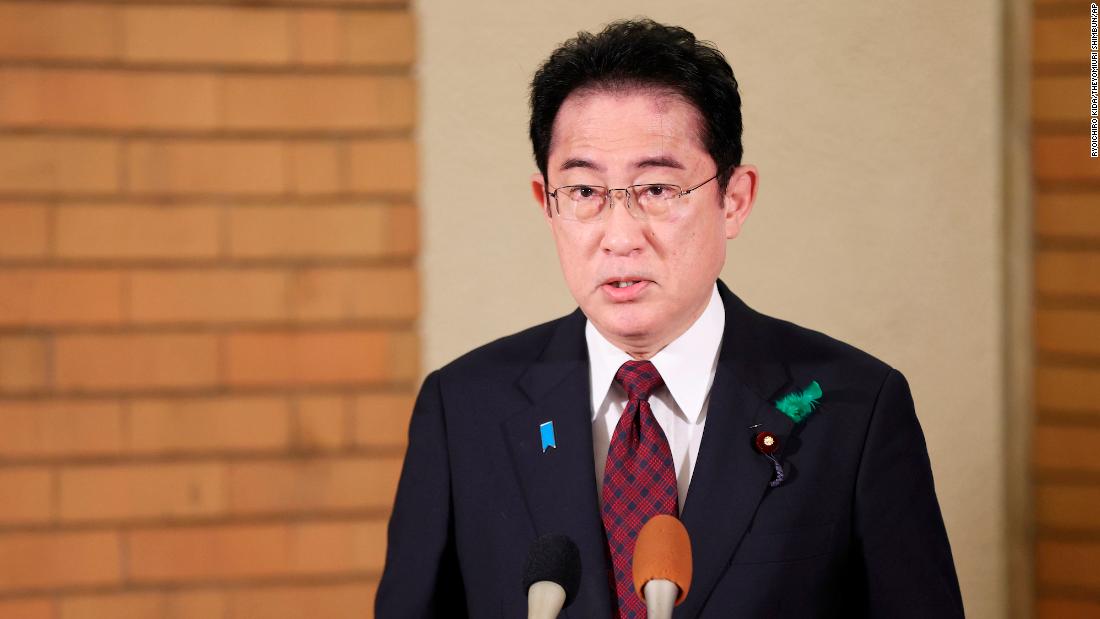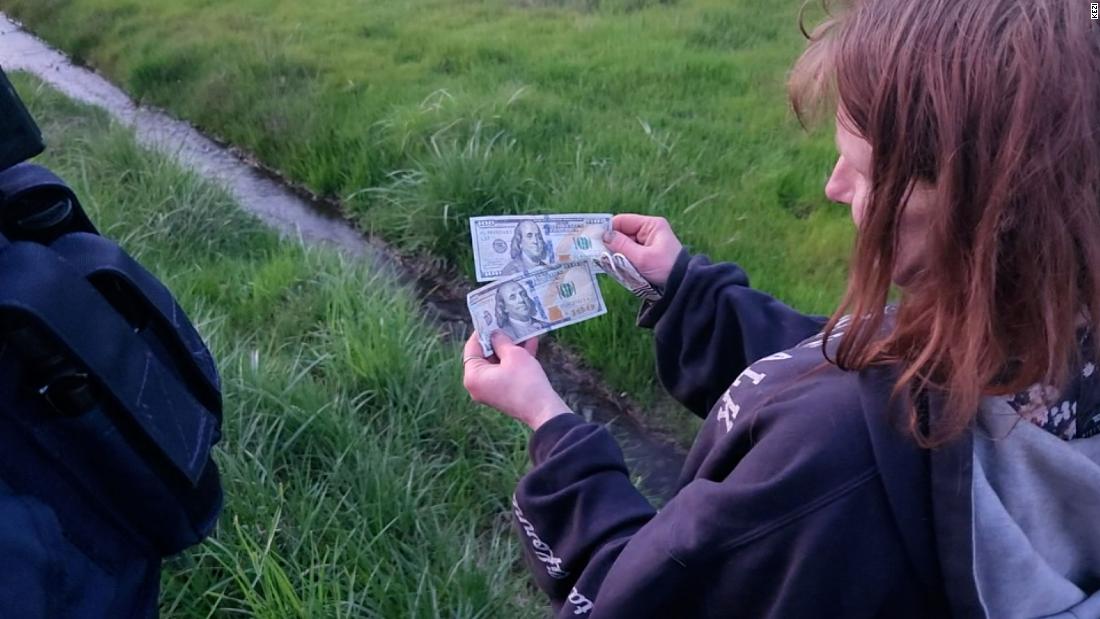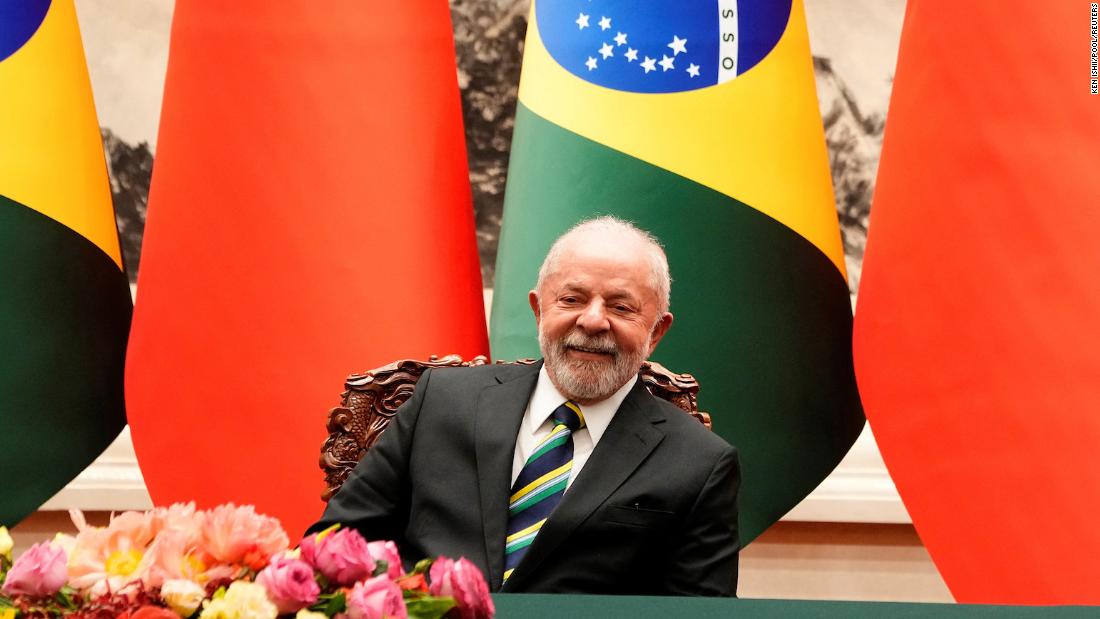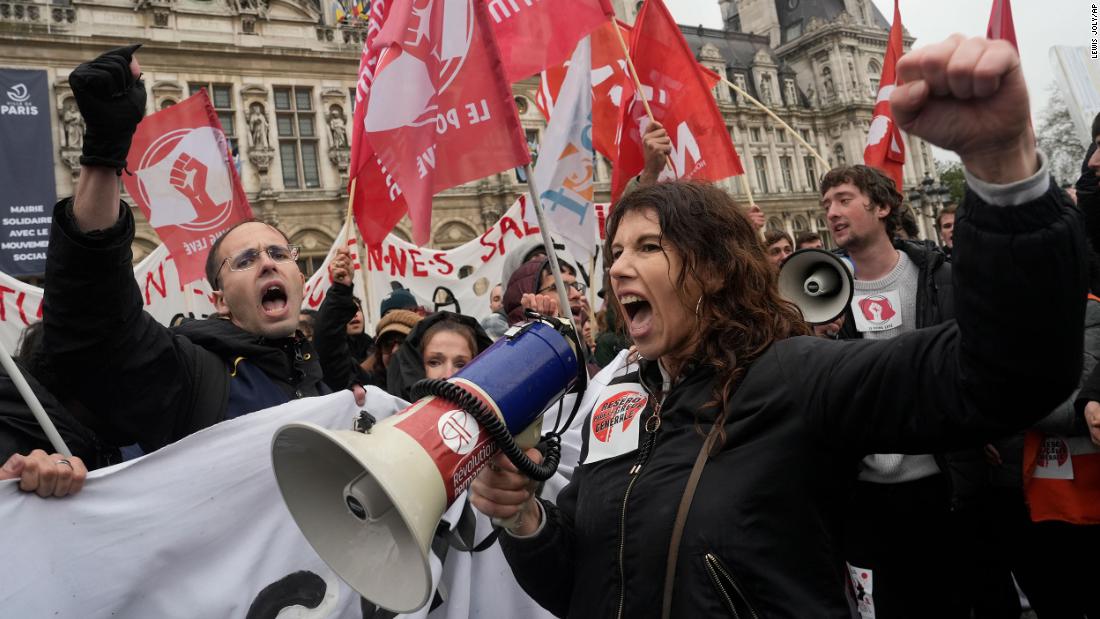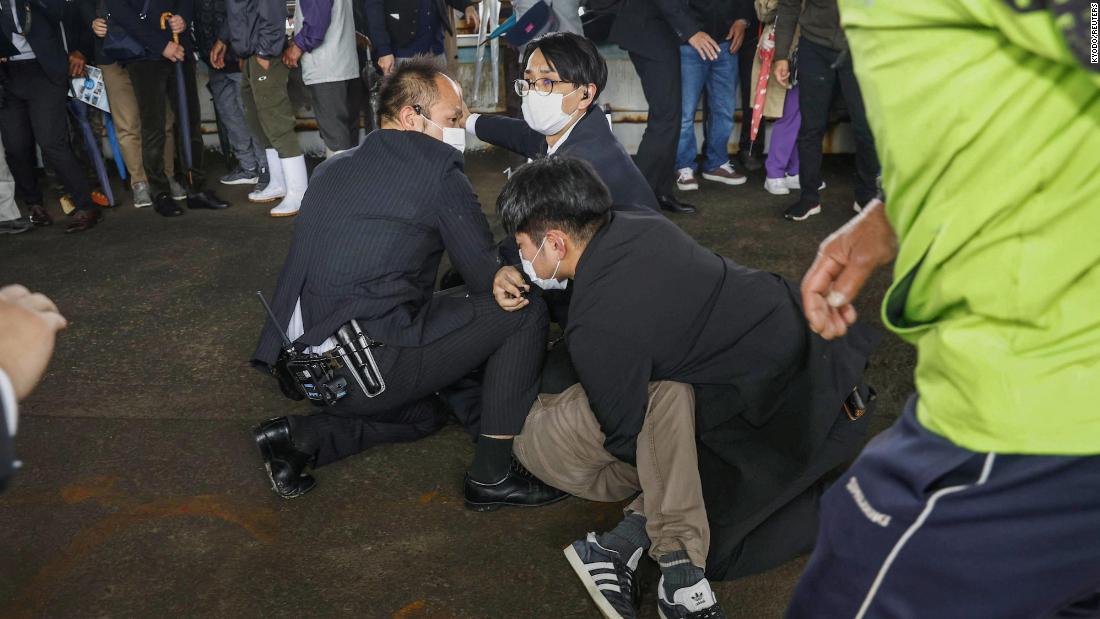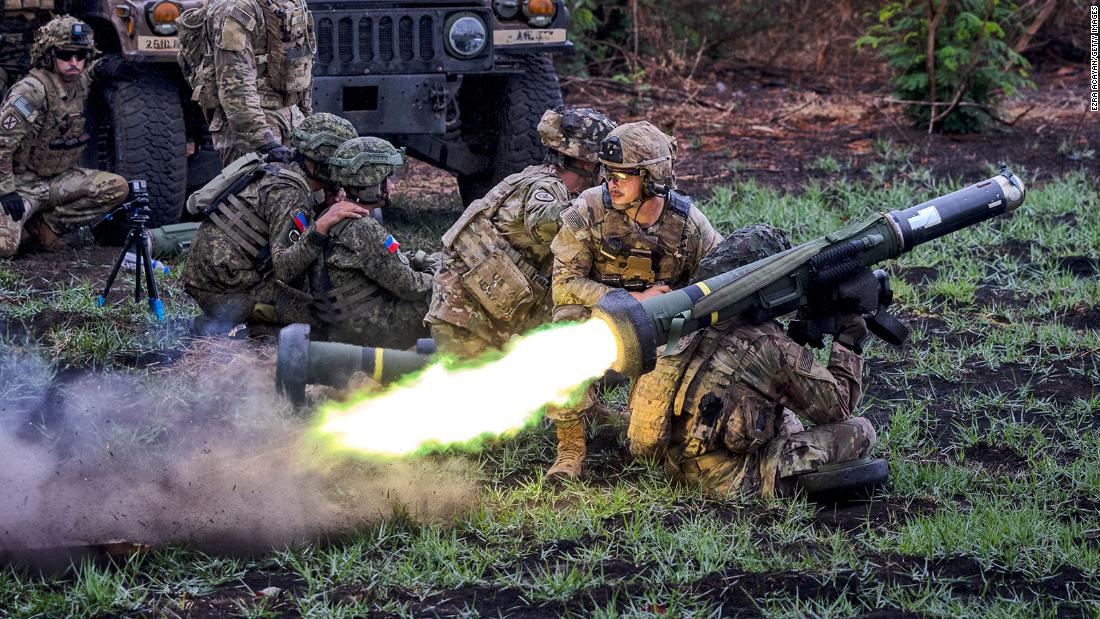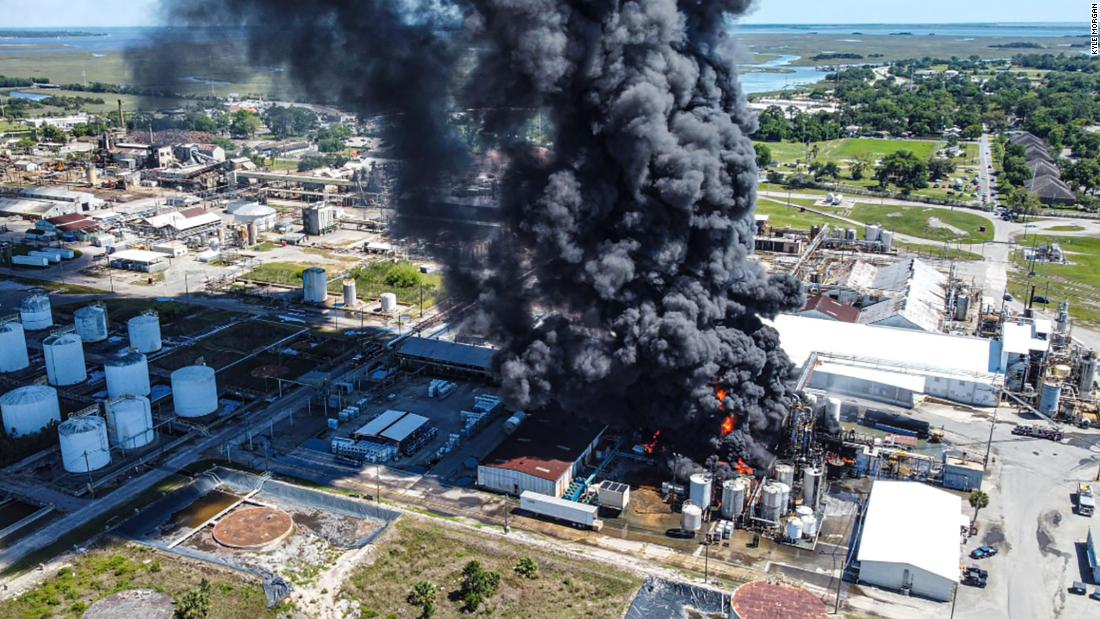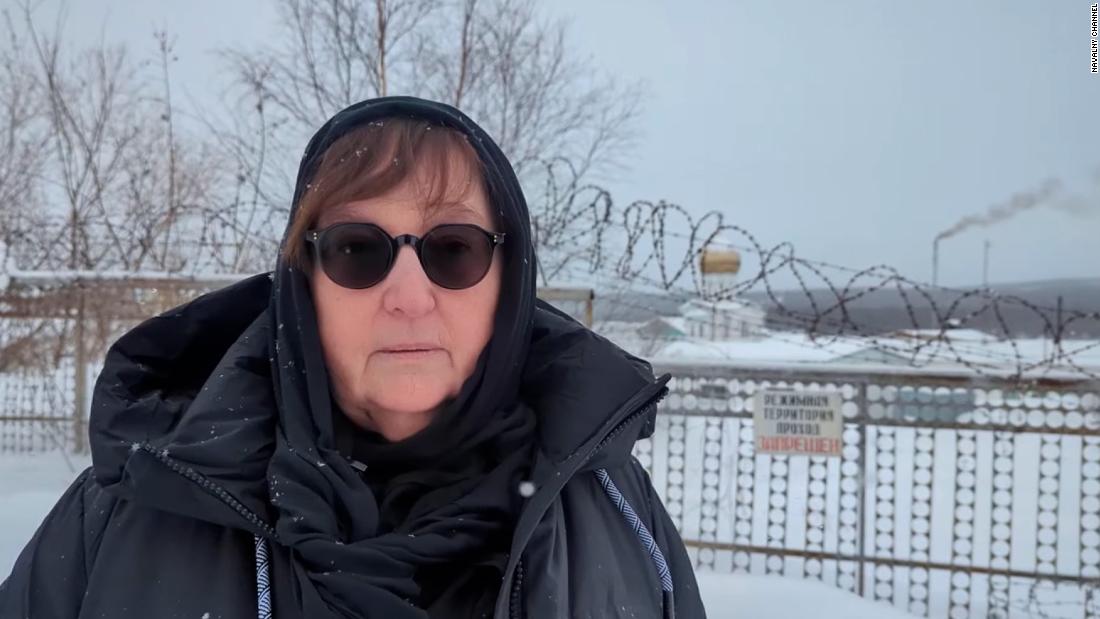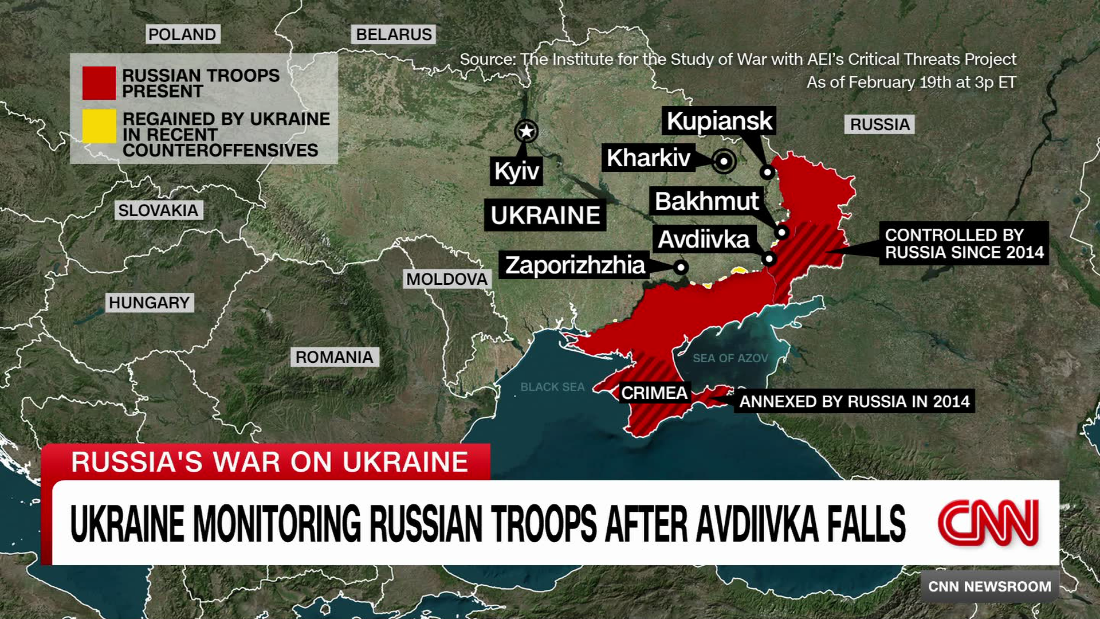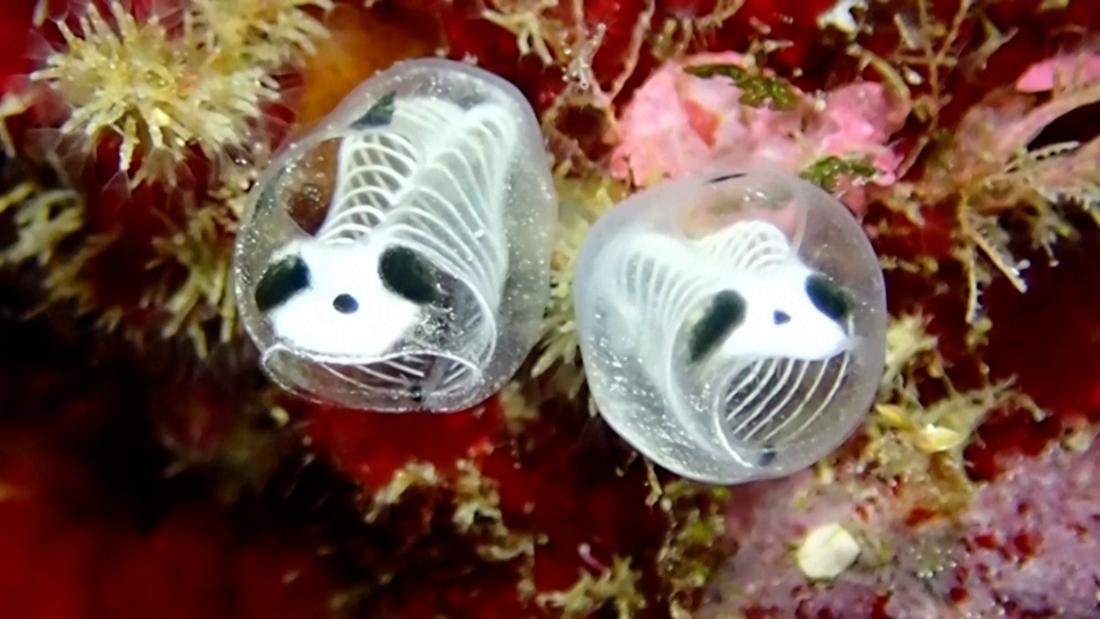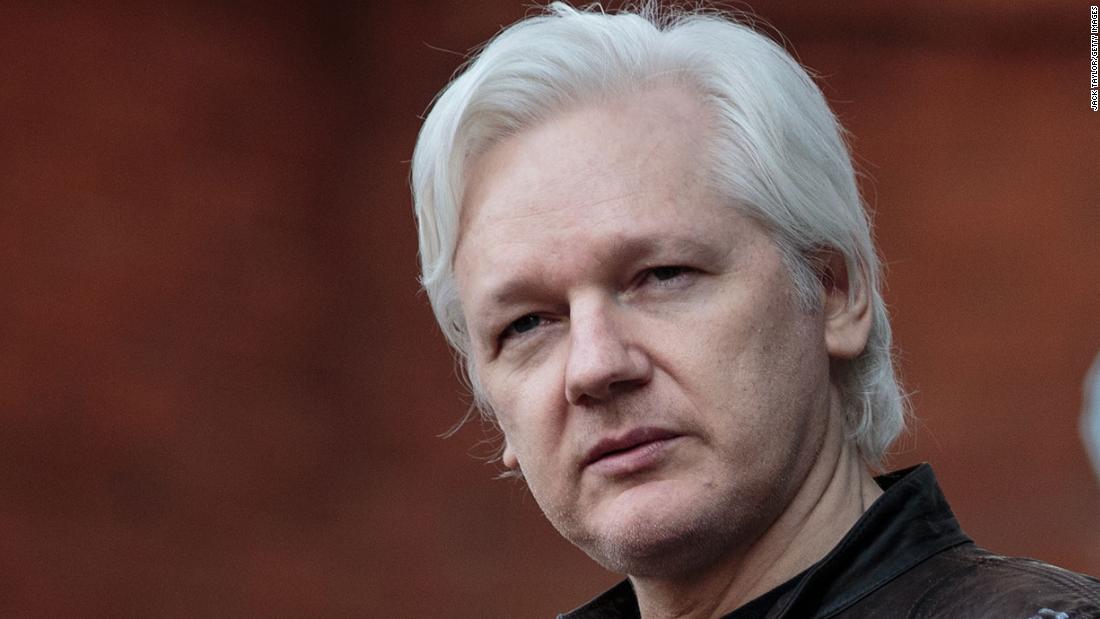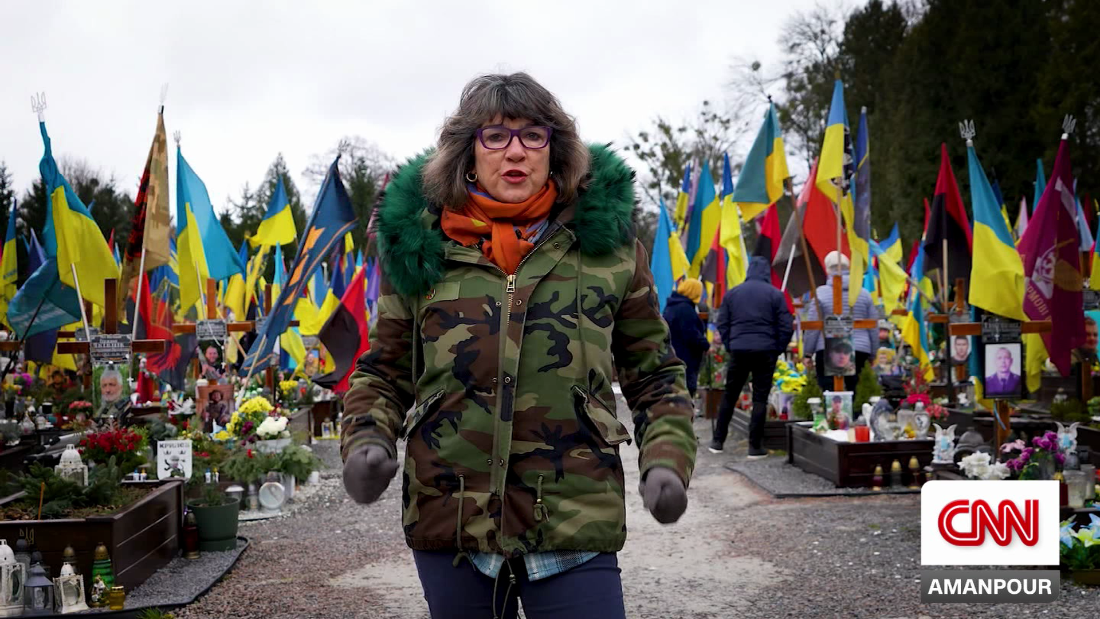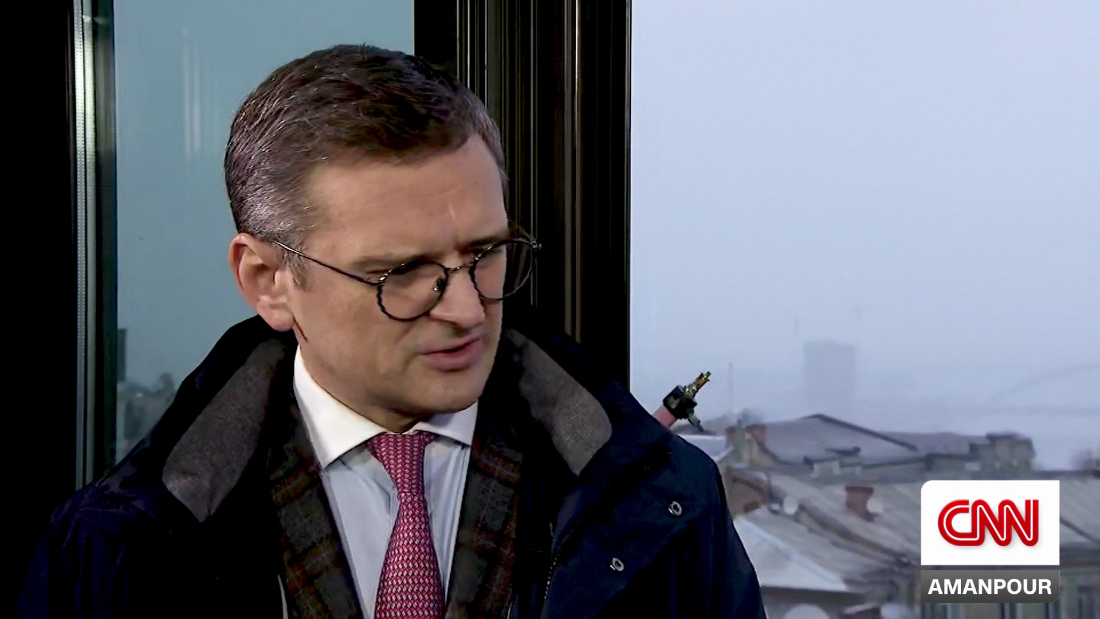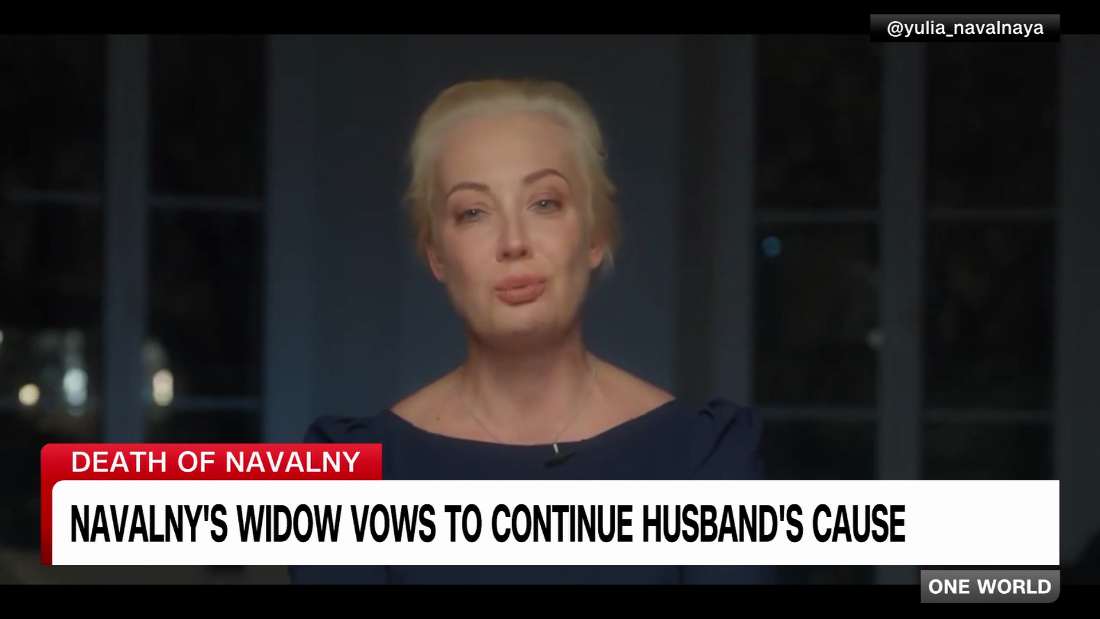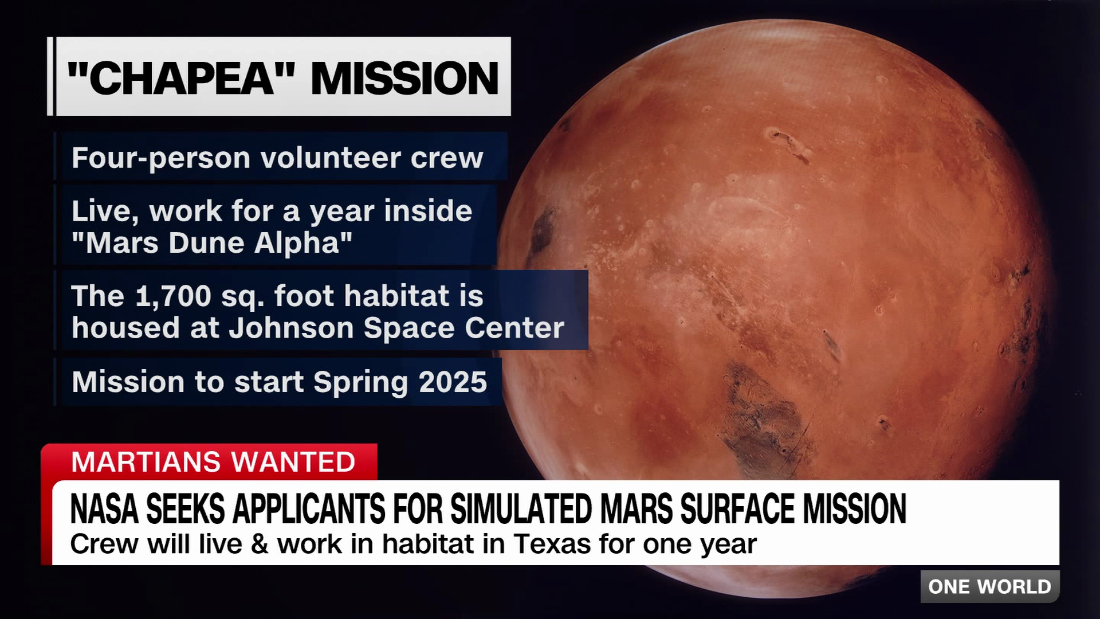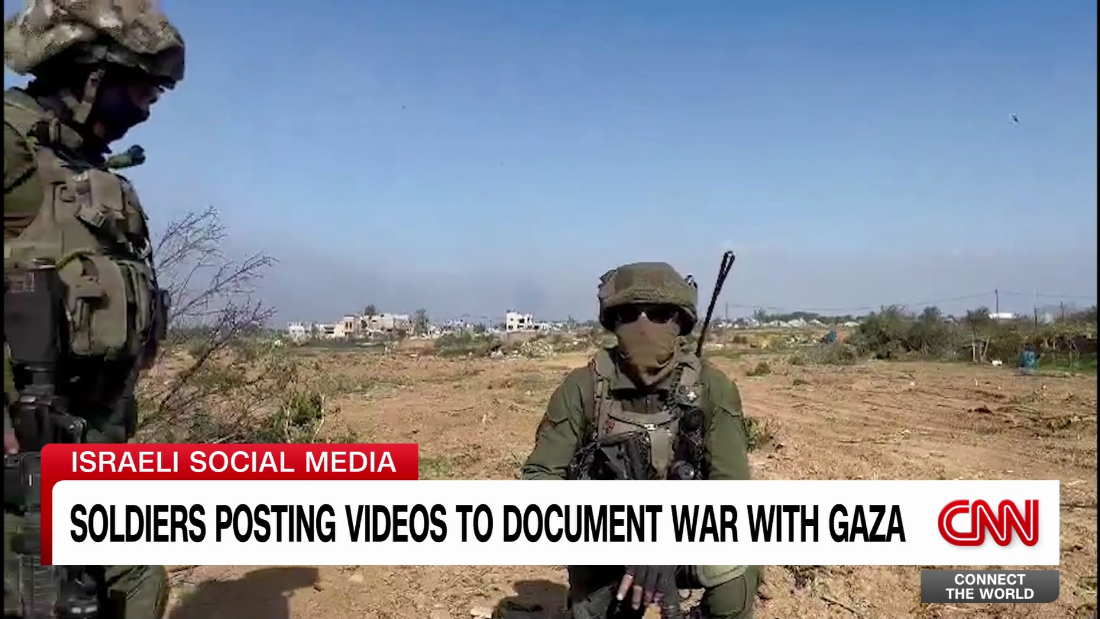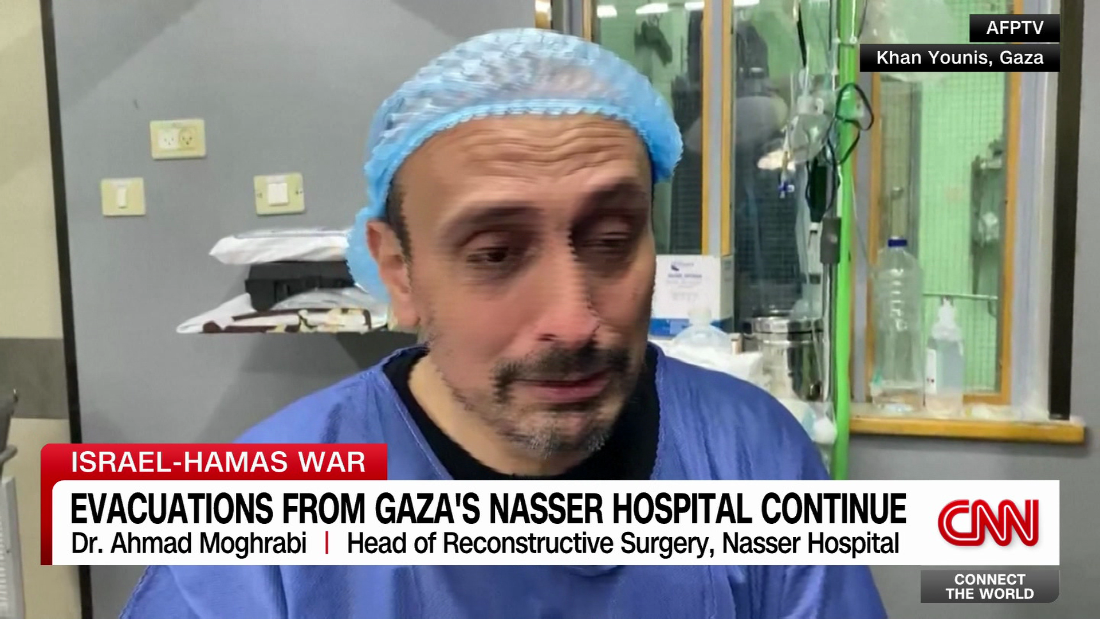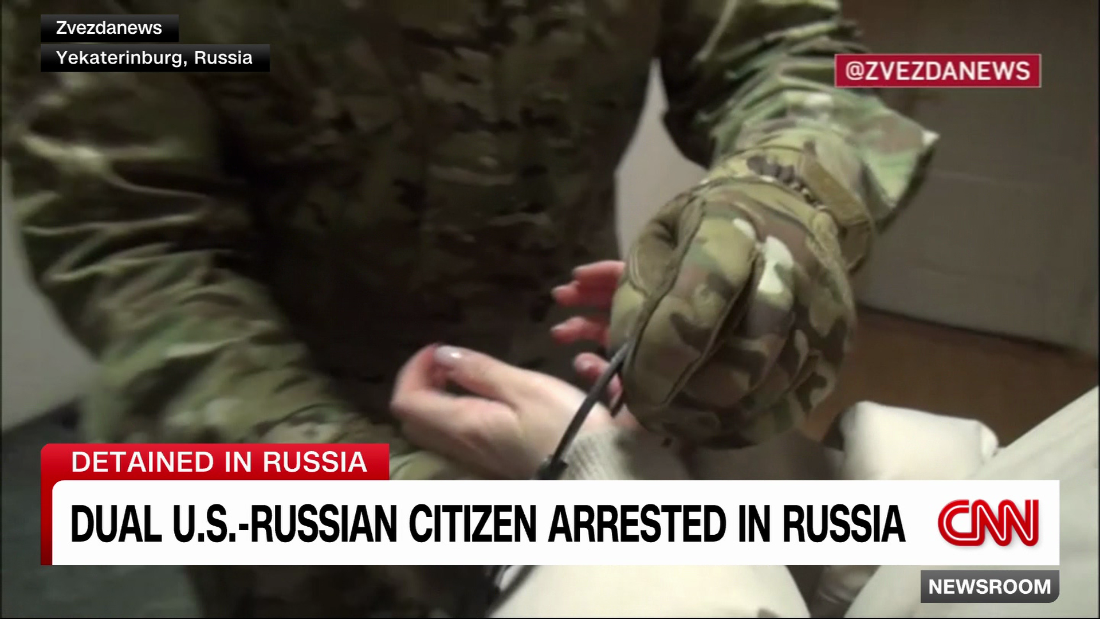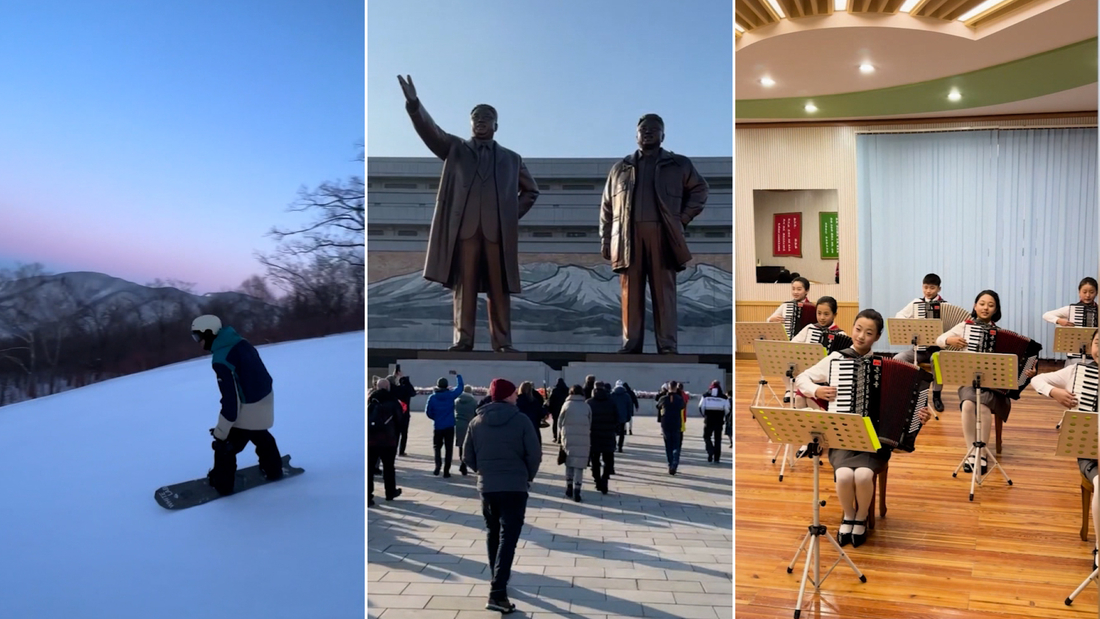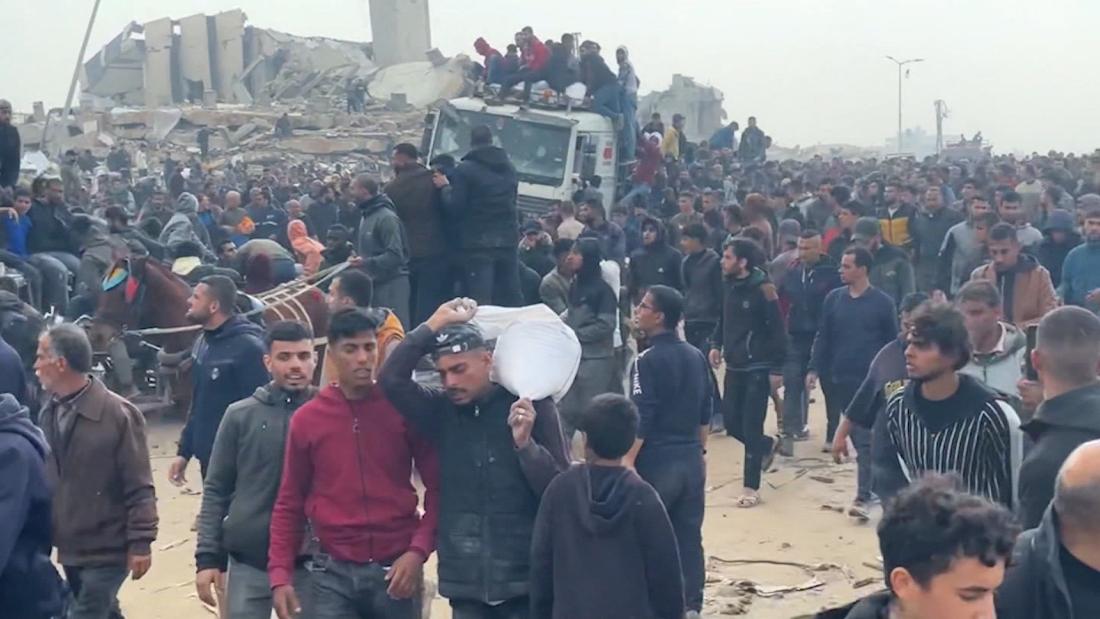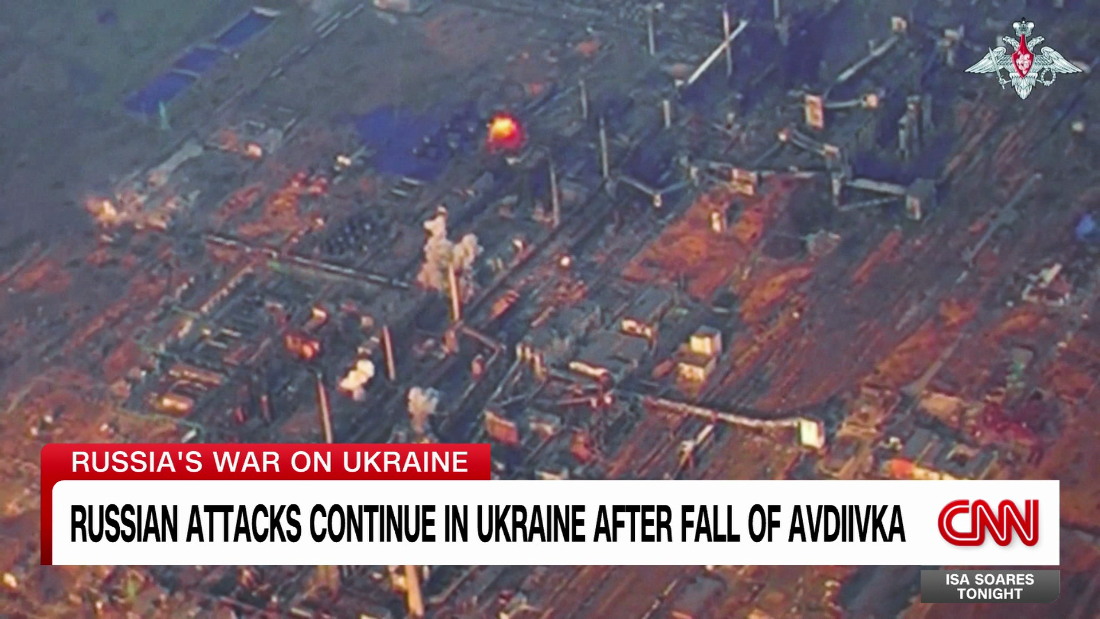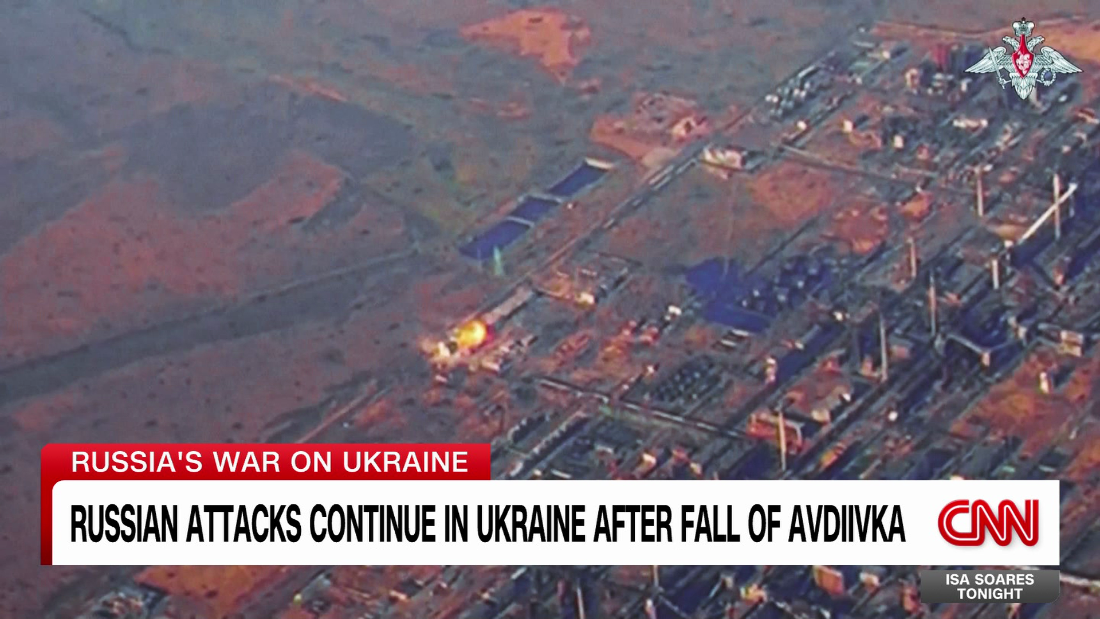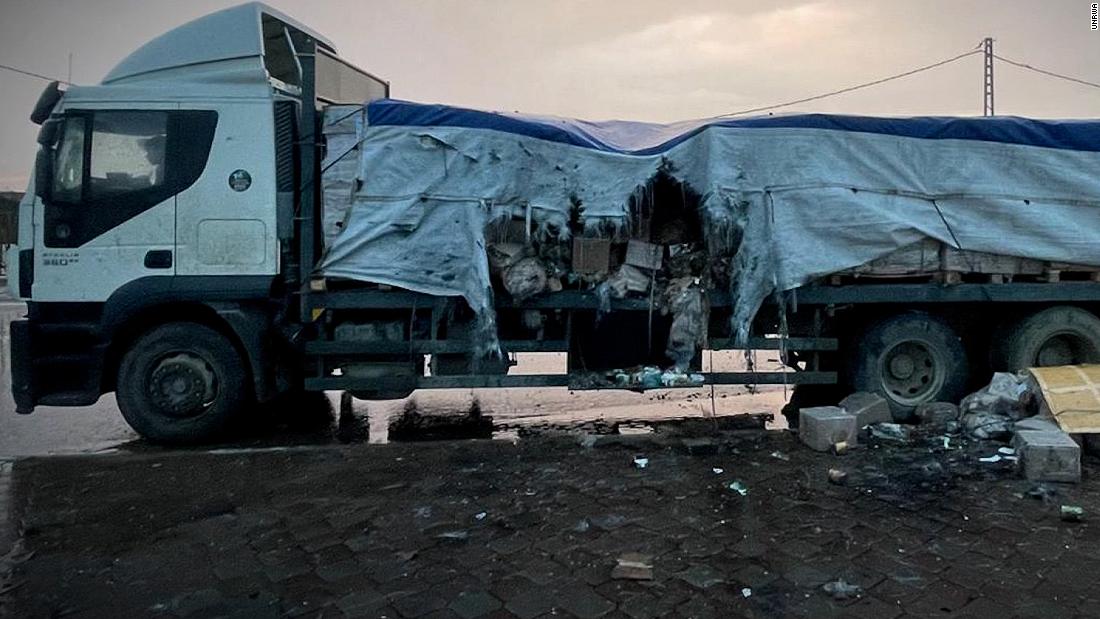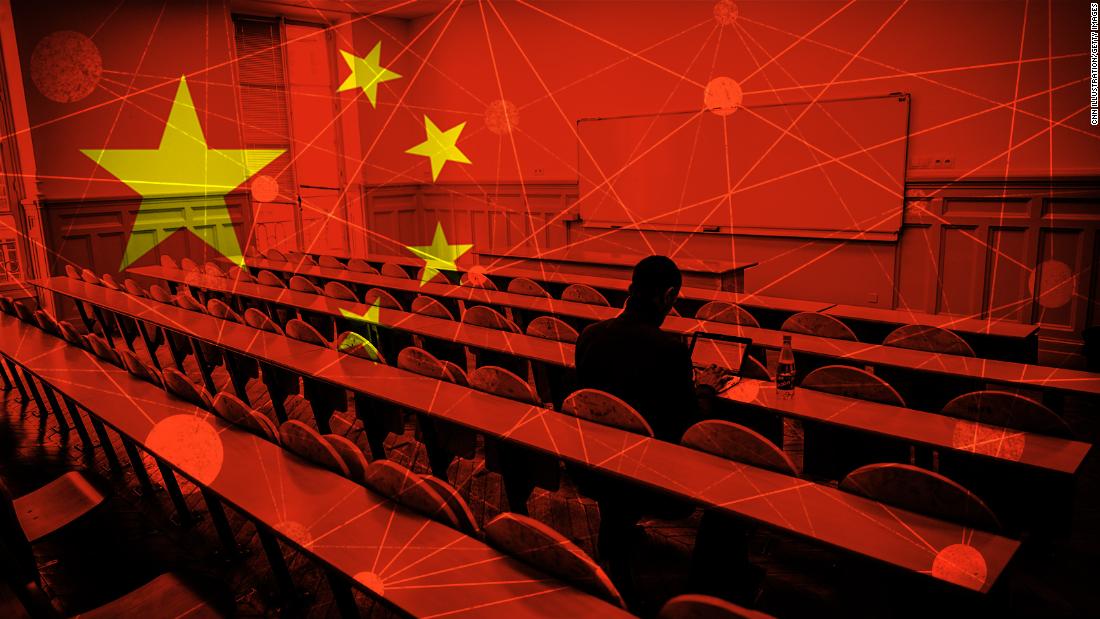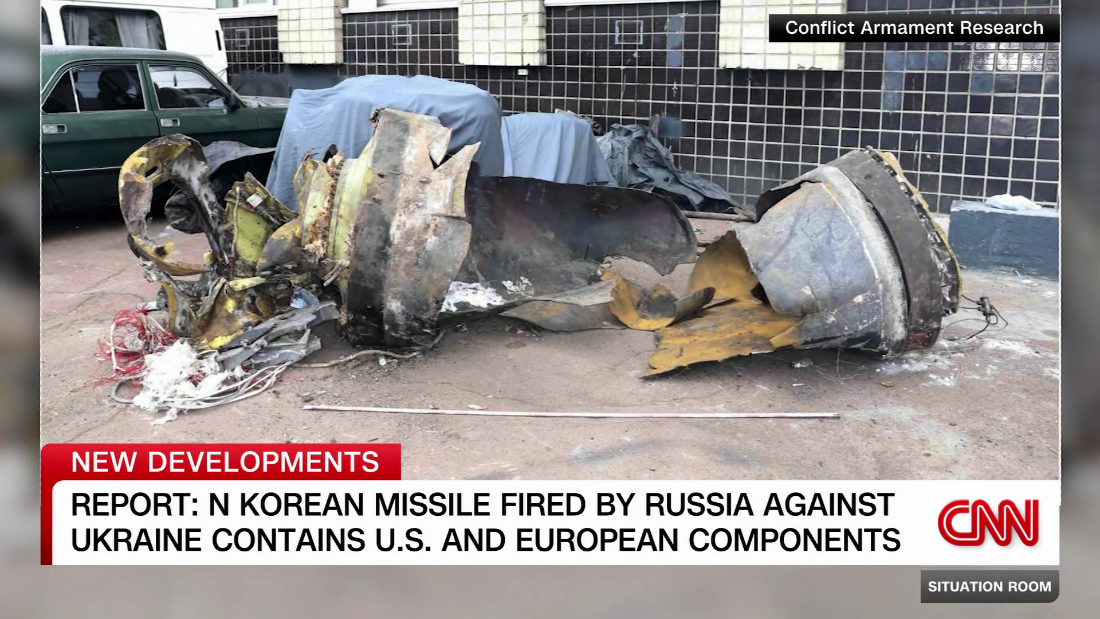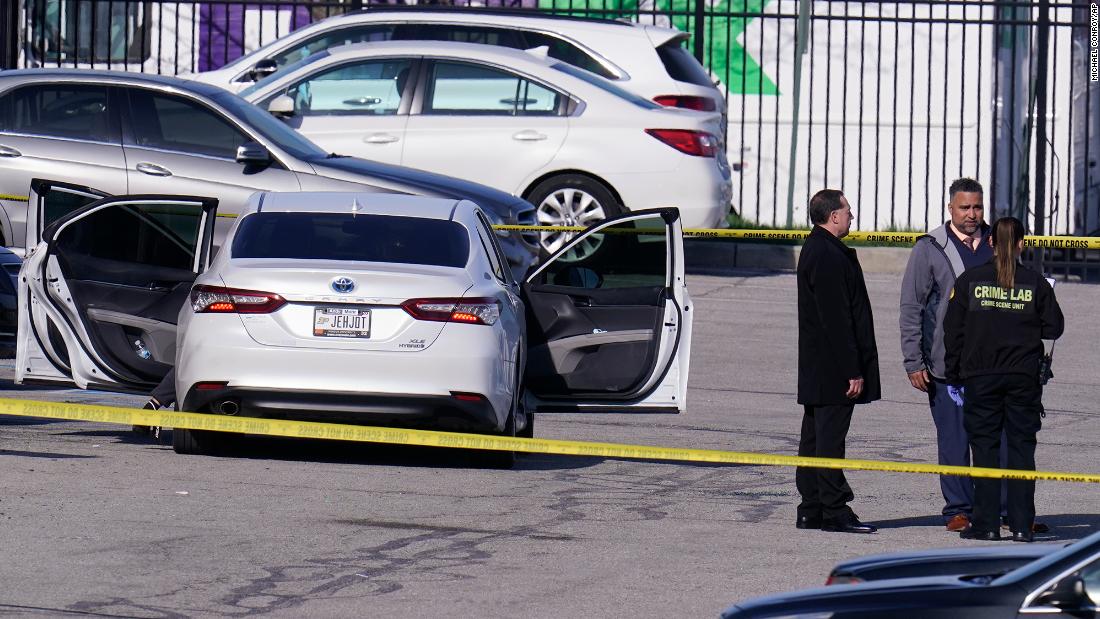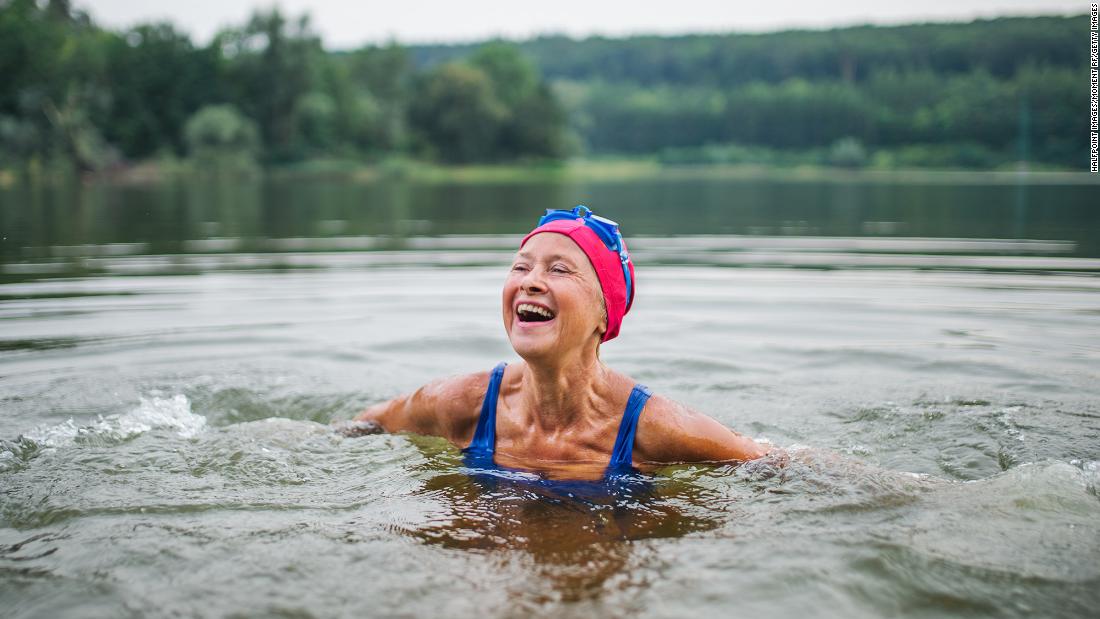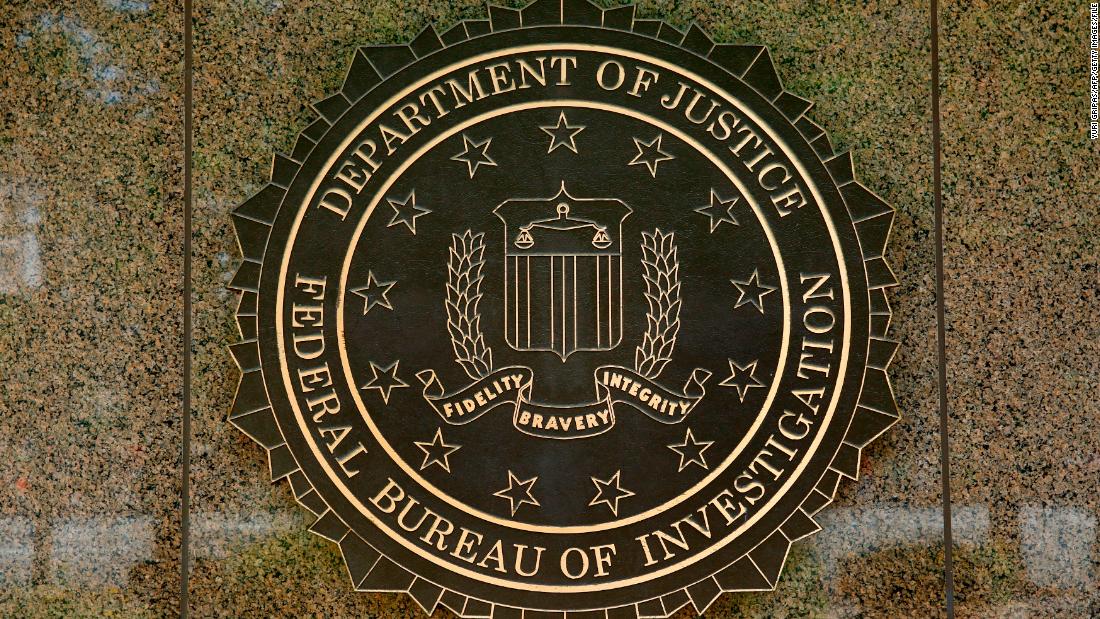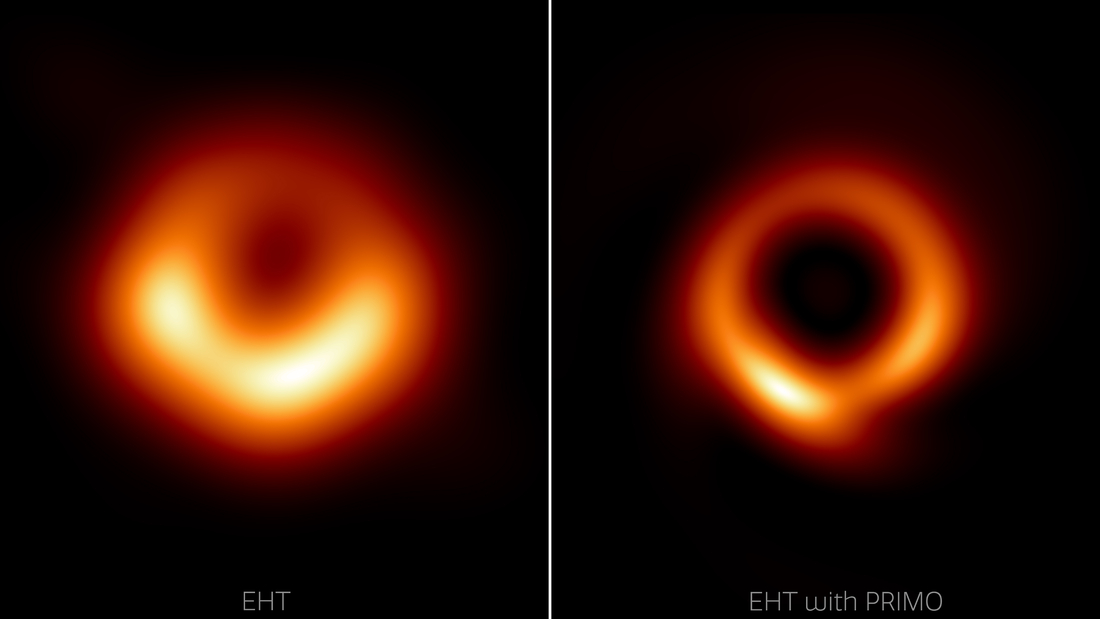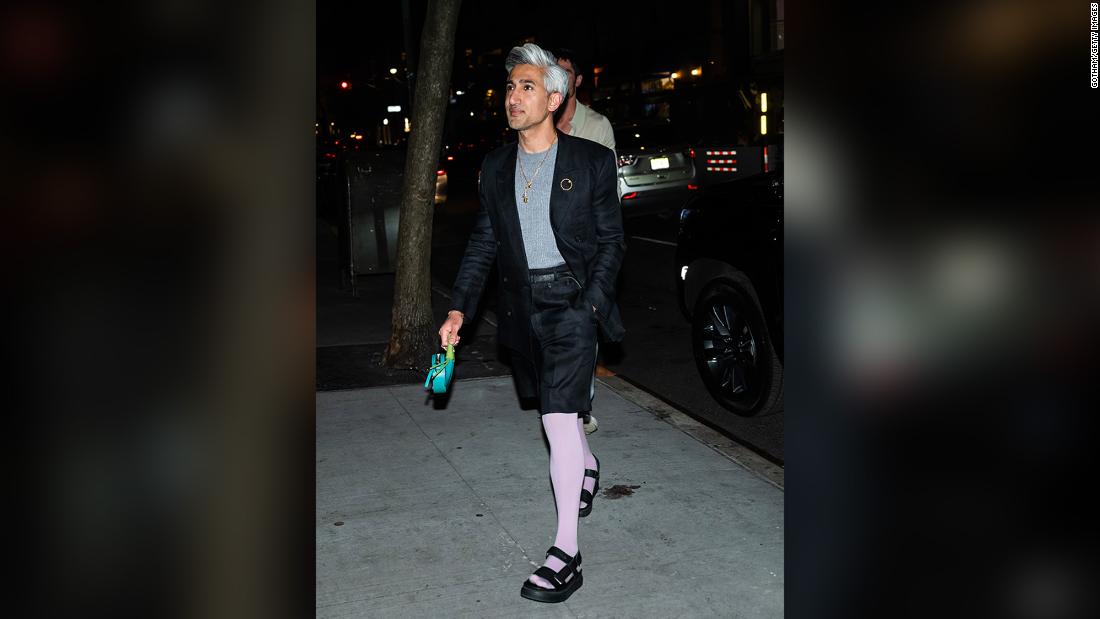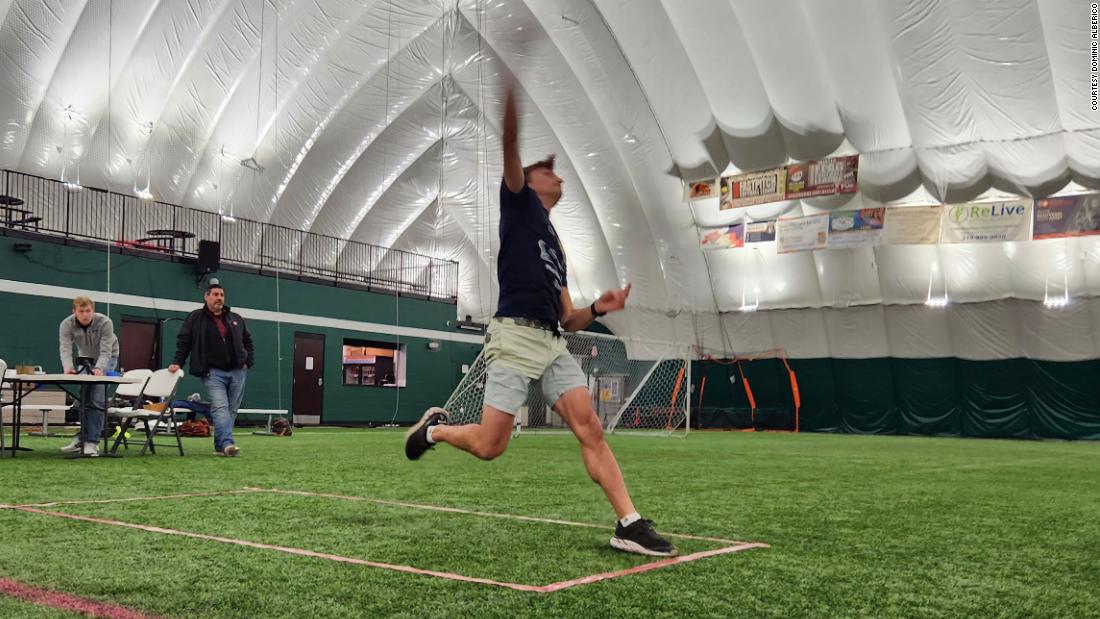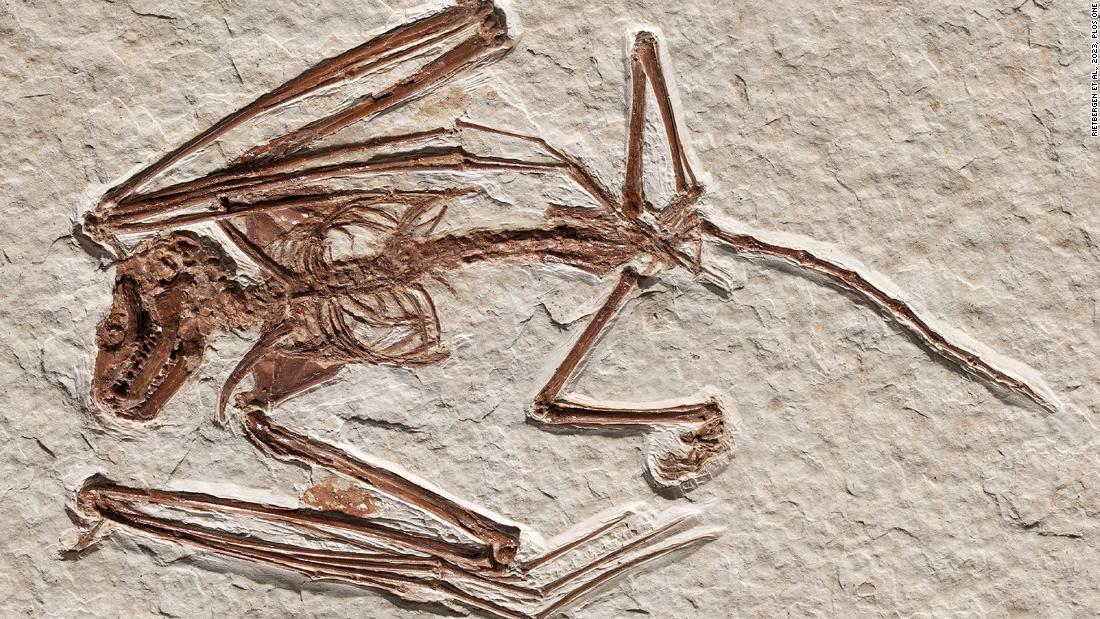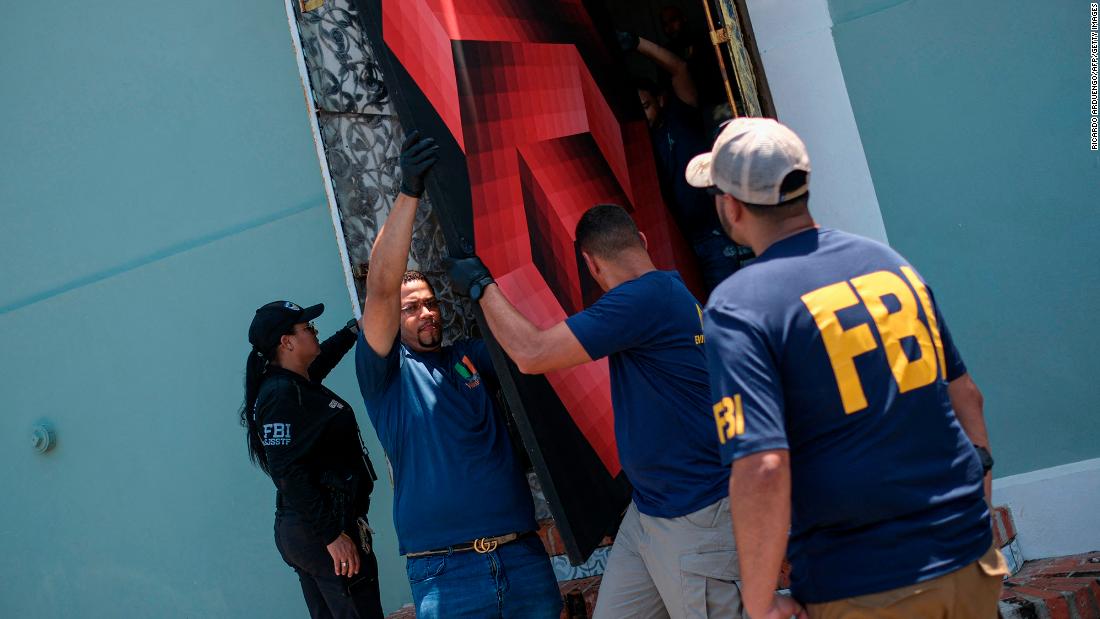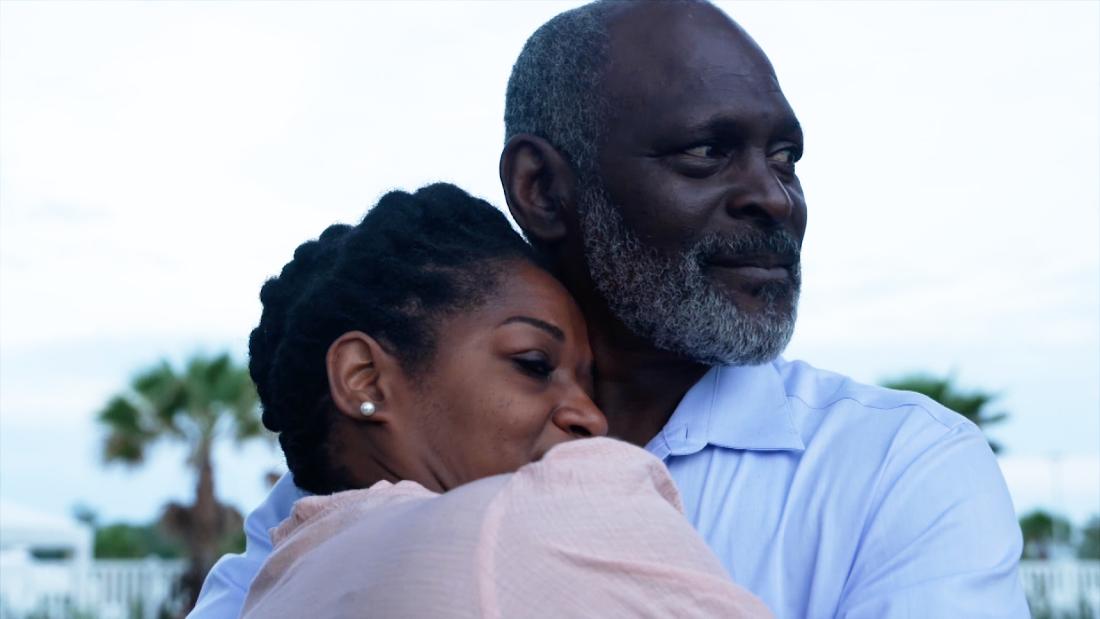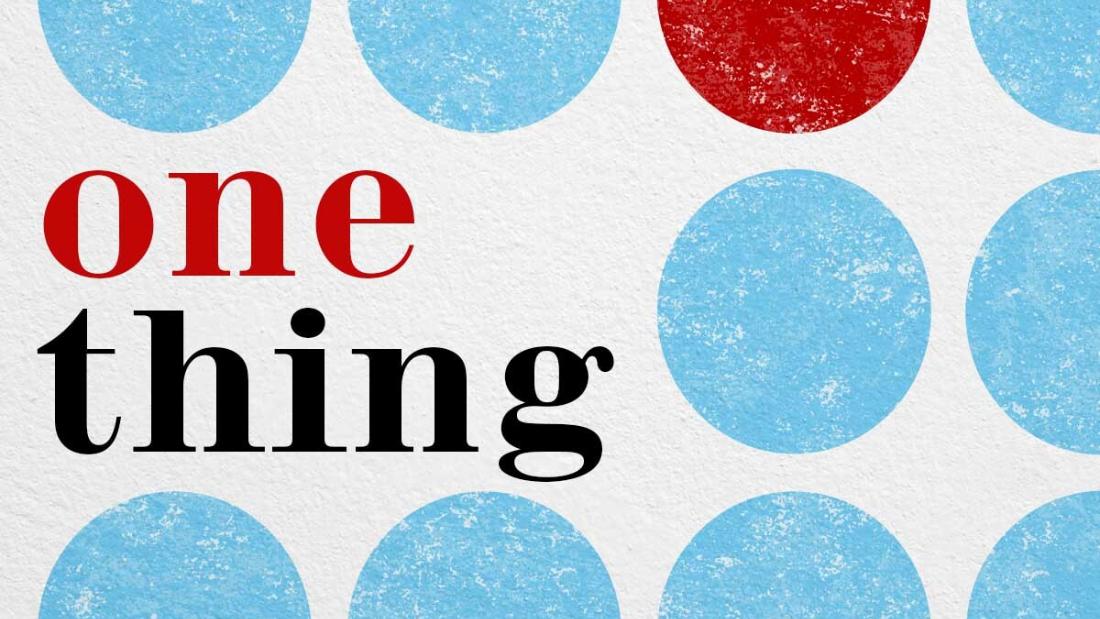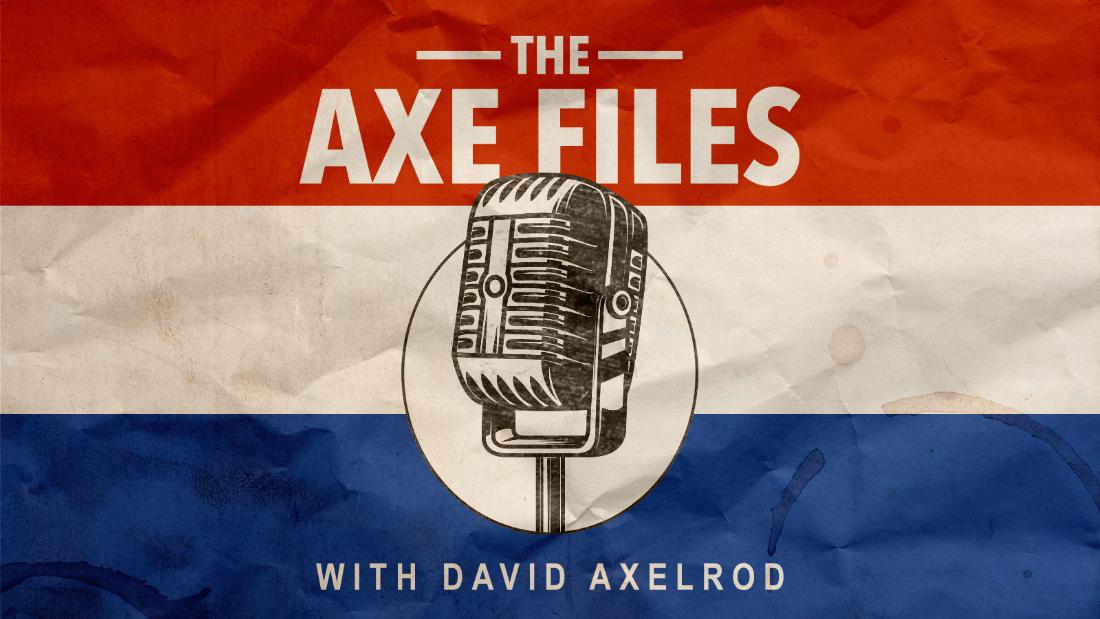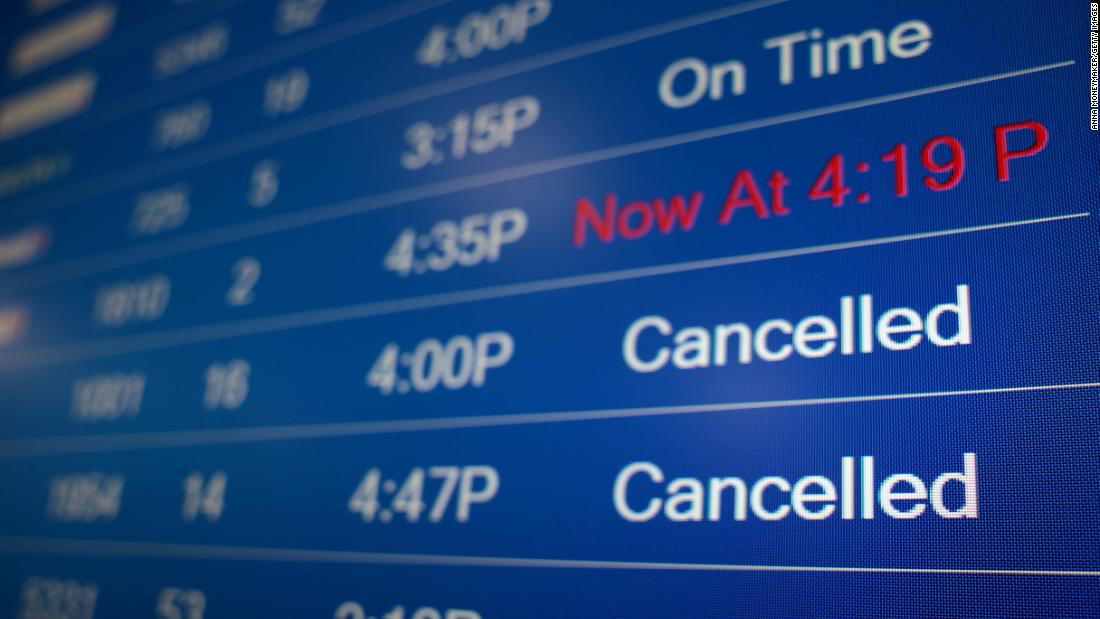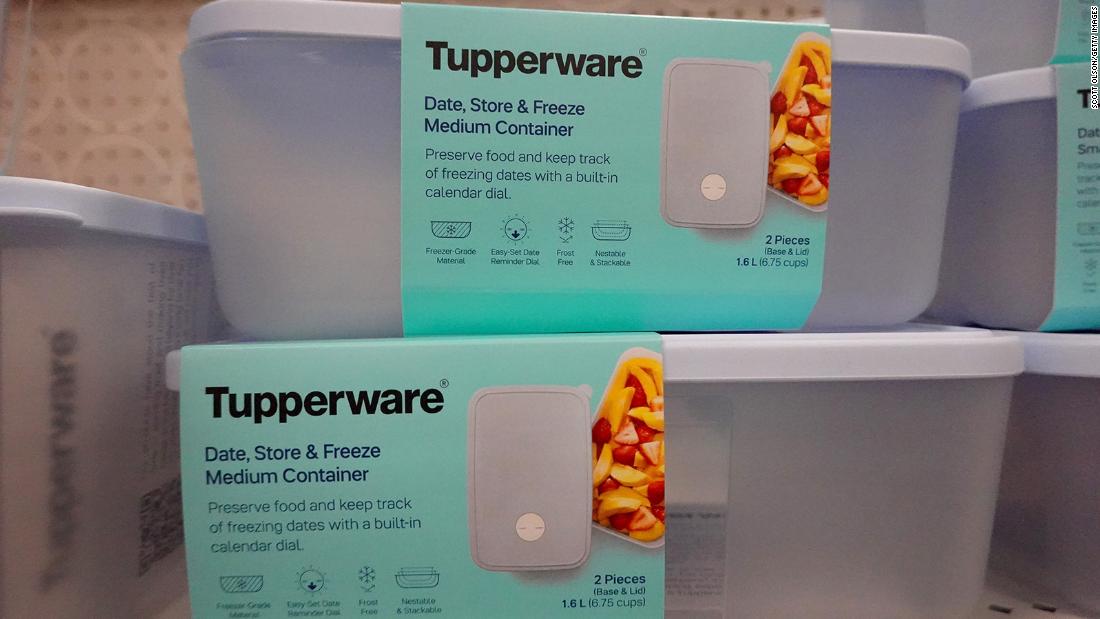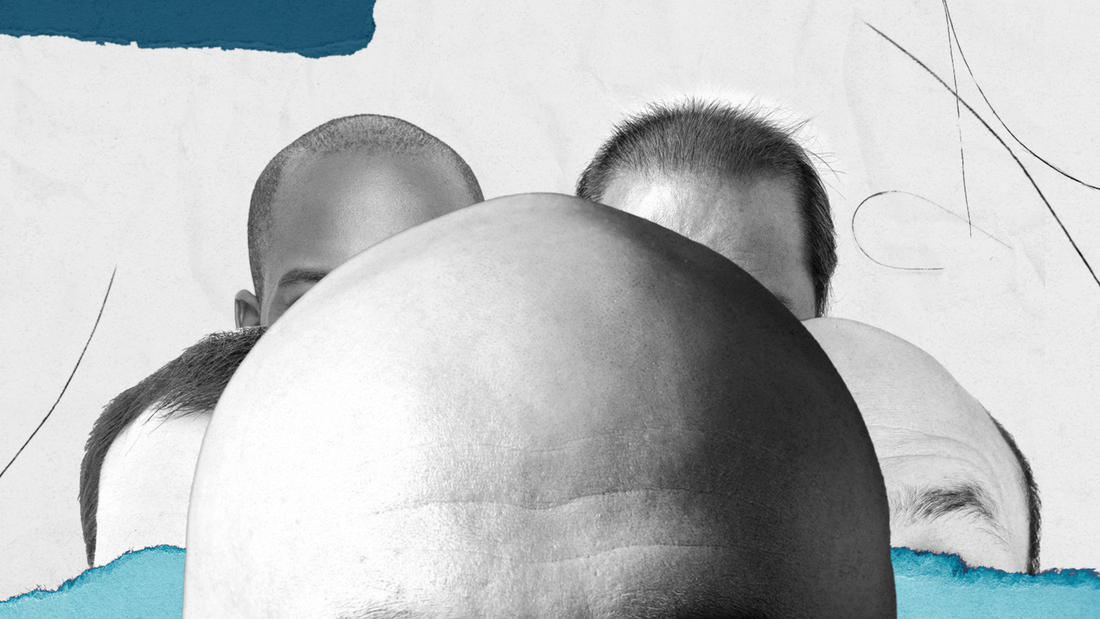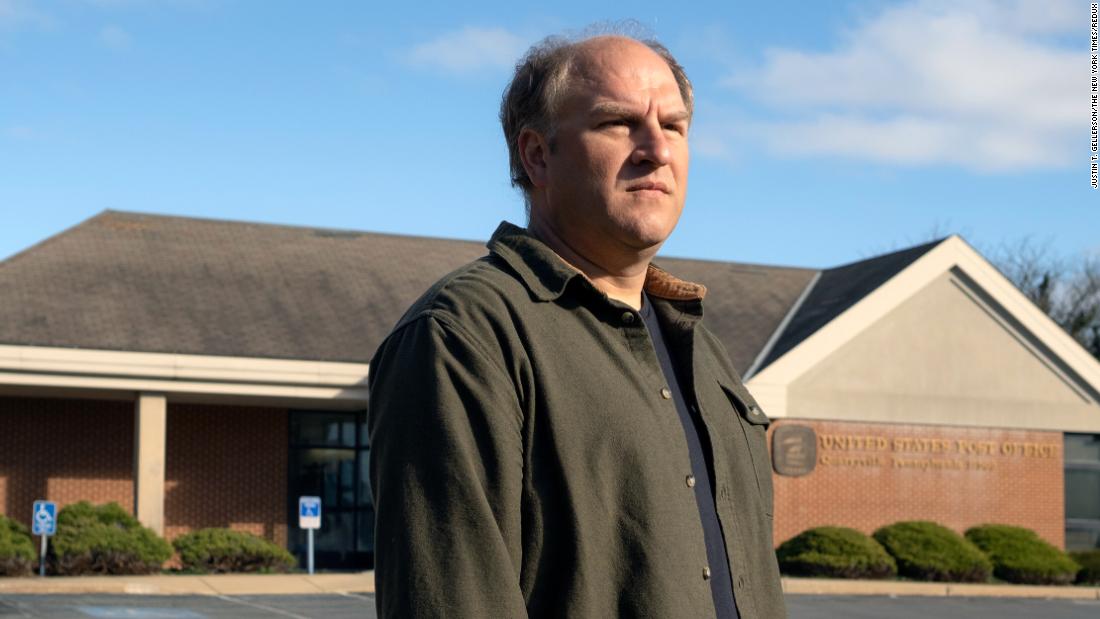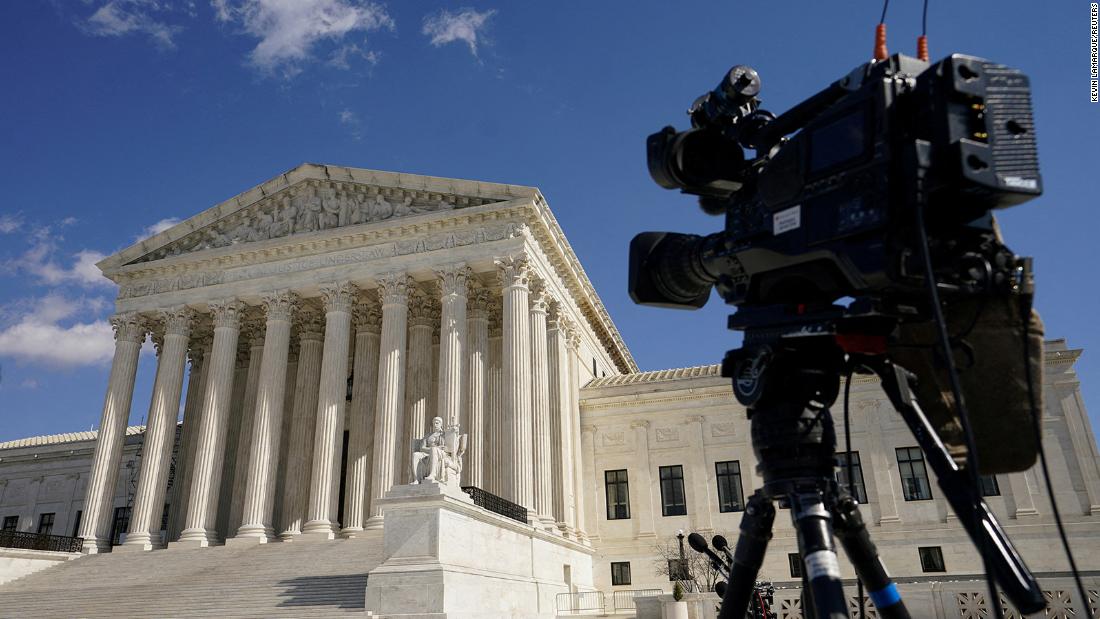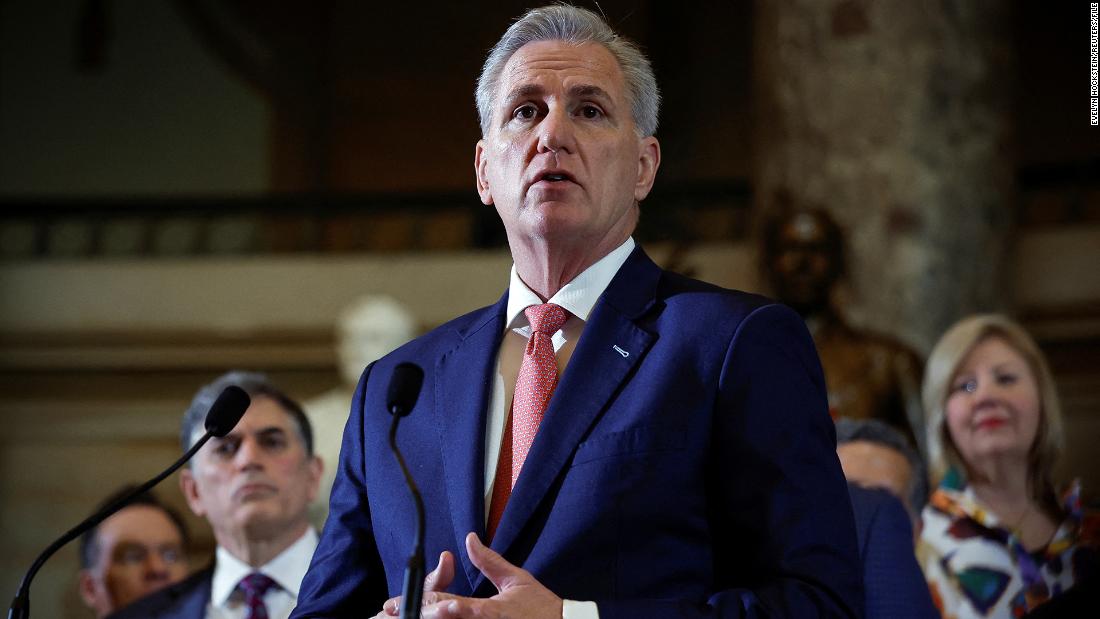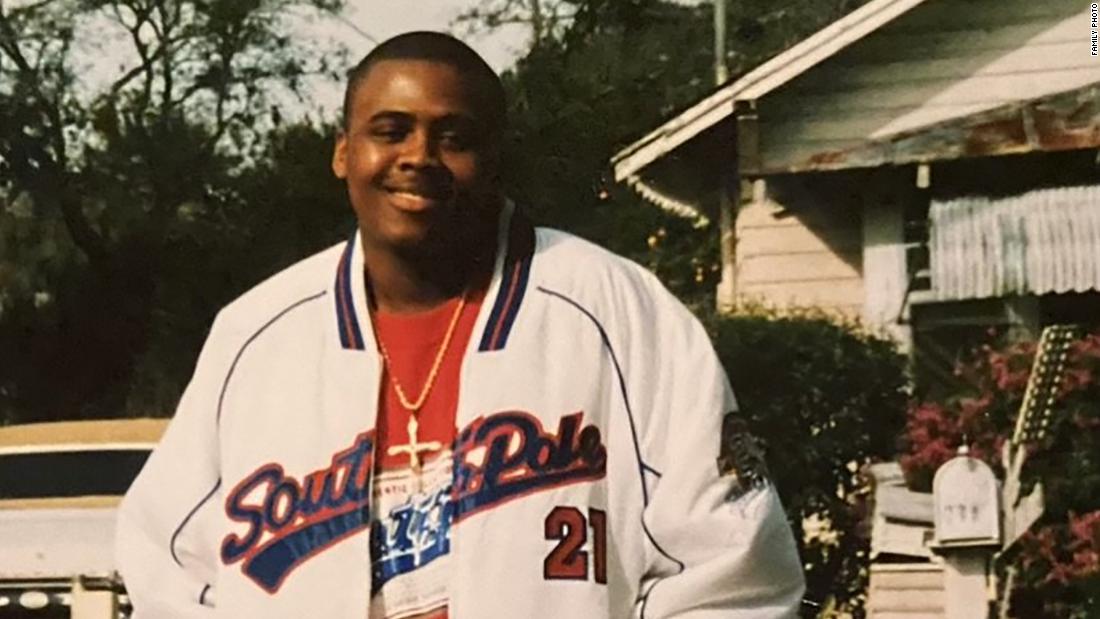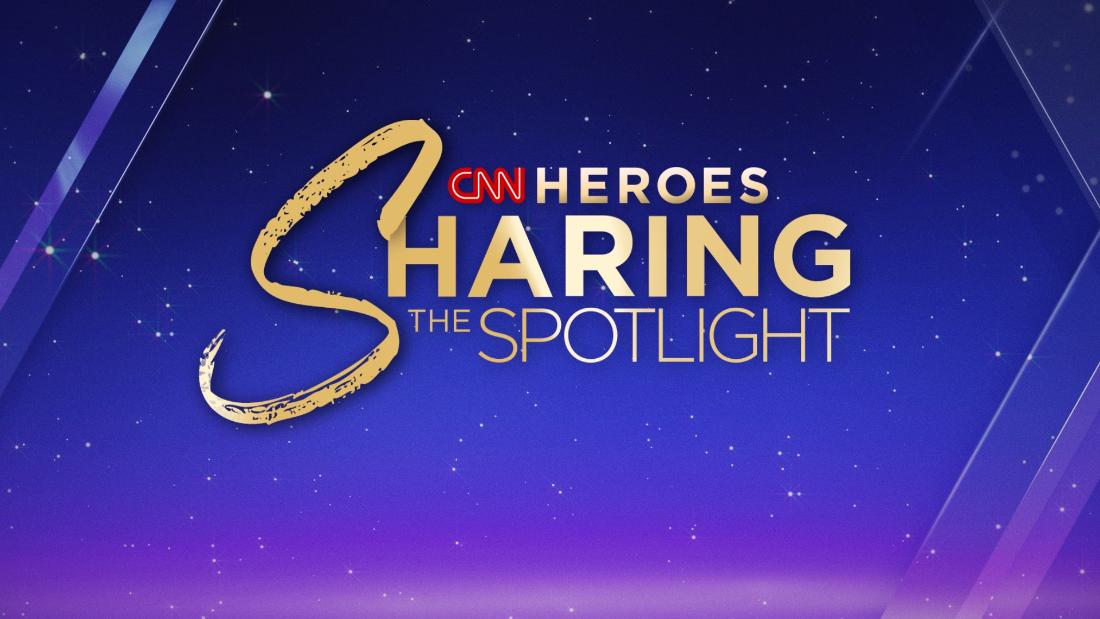NEARLY half of Brits do not know when VE Day happened – and one in 10 don’t even know what it stands for.
With the country gearing up to mark 80 years since the end of World War II in Europe, research of 2,000 adults revealed 46 per cent don’t know when VE Day took place.
The research was commissioned by Findmypast to mark the launch of a VE Day photo archive
Many will mark the occasion with a moment of silence (41 per cent) and listening to or watching war stories (28 per cent)
And 47 per cent are completely unaware of how their ancestors might have celebrated the momentous occasion in 1945.
Despite this, 25 per cent wish they had photos of loved ones marking the day all those years ago.
While 38 per cent want to see the celebratory traditions of VE Day kept alive for future generations.
The research was commissioned by Findmypast to mark the launch of a VE Day photo archive, and is inviting the public to share their family connections and stories behind the historic images.
Pat Owtram, who was 18 when she joined the Women’s Royal Naval Service (WREN) after signing the Official Secrets Act in Liverpool’s Royal Liver Building – and went on to become a wartime codebreaker – still has vivid memories of 8th May 1945.
She said: “VE Day was an unforgettable day.
“It came as a huge relief, and I remember the cheers and tremendous excitement of the crowds as I joined them outside Buckingham Palace – though I didn’t feel I could celebrate fully while my father was still a Prisoner of War.
“VE Day signified the beginning of a brighter future – six long years of war in Europe were over.
“I felt I’d played my part in the WRENs and looked forward to my father returning home.
“Keeping these memories alive is so important – and having access to wartime records really matters.
“They help us remember, understand, and pass these powerful stories on for future generations.”
The study also found two-thirds (65 per cent) have either celebrated VE Day in the past or plan to this year.
Many will mark the occasion with a moment of silence (41 per cent) and listening to or watching war stories (28 per cent).
While others will talk to or about ancestors who served (18 per cent).
Historian Lucy Worsley OBE said: “VE Day in 1945 was a profound moment in our national history, and these images capture that feeling of immense relief and hope – but it’s only if we take a deeper look into the stories behind these smiles that we can understand what this moment truly meant.
“That’s why I’m calling on the public to delve deeper into their family’s wartime experiences.
“This is a powerful way to understand the everyday realties during an extraordinary time, from your great granny on the Home Front operating industrial machinery to your great-uncles under fire on the Normandy beaches.
“On this special 80th anniversary, let’s make sure these wartime stories come to light and are remembered.”
Jen Baldwin from Findmypast added: “The findings suggest that although many are still celebrating VE Day, knowledge of the special day is declining.
“Historical newspapers and records offer a treasure trove of information to help uncover and understand your ancestors’ experiences.
“This new collection reveals how millions flocked to the streets to celebrate, but the stories behind many of those smiling faces are not widely known.
“We want everyone to help us create a collective record of the nation’s wartime family stories – from the eve of war to VE Day celebrations – to preserve these precious memories for generations to come.”
While others will talk to or about ancestors who served (18 per cent) Published: [#item_custom_pubDate]















